Saturday – Touchdown
After a flight from Atlanta to Miami, a 2-hour layover, another flight to Madrid, then a 1-hour high speed train, I finally arrive in Ciudad Real around 11am. I check in to my hotel near the train station, then settle in to relax a bit from all the travelling. My plan is to take a nap for a couple of hours, then head out to explore, but jet lag and all the furious activity of the past week has me feeling beyond exhausted, and I don’t end up leaving the room until almost sunset. Even then, my only motivation for going outside is to pick up some in-room snacks from the nearby grocery store. Fortunately, the store is just on the other side of a really nice park – Parque del Pilar – so I stop for a spell to take in the scenery.
Once back at the room, I spend the rest of the evening scouring the Internets for apartments, and contacting potential landlords and agents for showings.
Sunday – Parks and Recreation
Up early to take a stroll and have a look around town. Since almost all of Spain takes Sundays off, there aren’t many people out and about, but, with map in hand, I manage to find one of the schools I’ll be teaching at this year (IES Torreon del Alcázar). As I meander about, I keep my eyes peeled for ‘se alquila’ (for rent) signs, and, after meeting one owner for a viewing, I stumble onto Parque Gasset – a big park located in the center of the city. I stroll around for a bit, enjoying the unseasonably warm October weather.
 |
| IES Torreon del Alazar |
On my way back to the hotel, I cross yet another park. “How lucky!” I think to myself, “I’ve landed in a town with no shortage of places to sit, think, and daydream.”
Later that night, while I’m relaxing in the hotel, I’m startled by loud noises right outside the window. Turns out there’s a fireworks display going on for some reason. I amuse myself with the idea that the display is Ciudad Real’s way of saying, ‘Welcome, Kisha!’
Monday – Whirlwind Tour
I only booked the hotel through Wednesday night, so I’ve got to get on the ball with finding an apartment. The lady at the front desk got wind of my apartment hunt, and first thing in the morning, I head a few streets over to have a look at an apartment she has for rent. It’s nice and new, but way bigger than what I need (2 bedrooms / 3 baths), but very reasonably priced (yet more than I want to pay on my own). I briefly ponder if I could find a roommate to share with me after moving in, but quickly decide it’s not worth the risk of being stuck paying all of the rent by myself.
I have appointments with 2 different real estate agents later this morning. The first shows me 3 flats, each in a different part of town. By the time we’re done, I feel like we’ve walked around almost the entire city. The apartments are very nice, but they’re all about 50 euros over my maximum budget for a non-shared flat. I meet the second agent who shows me 2 loft-style flats in the same building. They’re within my budget, but each is missing an oven. With my penchant for cooking, I can’t imagine living without one, but I’m also aware that if I’m paying rent and utilities on my own, an oven may literally be a luxury I can’t afford. Electricity in Spain is expensive, and the last time I rented a place, I paid one all-inclusive price for rent and utilities, so I really have no idea how expensive, but it’s a serious concern for me.
After the viewings, I head in the direction of the hotel, and cop a squat on a bench outside of an H&M; near Plaza Mayor to rest from all the pavement-pounding and mull over my housing options. Moments later, a brown-skinned guy (one of maybe 3 other brown folks I’ve seen so far), passes by, doubles back, and introduces himself. He tells me he thought I was a store mannequin until he saw me move. He introduces himself as Eduardo. I learn that he’s originally from Cuba and has been living in a nearby town for a few years. He invites me to ‘tomar algo’ at a tapas bar on the plaza. Eduardo is quite the talker, so I mostly listen and relish in the fact that, unlike Marbella, the tapas bars in Ciudad Real adhere to one of my favorite Spanish traditions of, ‘buy a beverage, get a free tapa’.
 |
| Eduardo, the chatty Cuban |
 |
| One of the bars in La Mata – Ciudad Real’s club / bar district |
Eduardo and I hop to another couple of places for a proper meal and another round of beverages. In the process, I get a sneak preview of the local bar district. One place actually plays some fairly decent house tracks in their rotation. At another, I hear some pretty good salsa and bachata. I’m pleased that I’ll have some options for dancing in the future. By the time Eduardo and I say goodbye, it’s almost 10pm. I thank him for his generous hospitality, and head back to my room to get ready for an early start tomorrow.
Tuesday – Test Run
Up early to head to my second school – the only one I’ve heard from so far – IES Hernan Perez de Pulgar. I’ve been communicating with my coordinator, Teresa, for the past few weeks. Even though I don’t officially start working until tomorrow, I plan to stop by and meet her and the other English profes. I check online for which bus I need to take (#7), and head to the bus station, about a 12-minute walk from the hotel. Apparently the info on the website I looked at was wrong. After 15 minutes of more looking for the non-existent #7 bus, I finally find a bus that drops me near the school. The English profes are all excited to meet me. Just like at my last school, they are a little surprised that I’m not a guy (apparently both my name and my email address led them to believe that, though not sure why), but ultimately they’re happy, because they’re an all-girl band. One of the profes, Juana, offers to let me stay at her home with her husband and 2 boys if I don’t find anything before my stay at the hotel is up. I’m completely floored and thankful for her generous offer. We exchange info, and she invites me over to meet the family and have dinner with them the next evening. I say my goodbyes, then head off to do more apartment hunting for the rest of the day.
Wednesday – Take it Easy
It’s my first official day of school. I don’t have a set schedule for classes yet. Teresa explains that we’ll just take it easy this week. I go to a couple of classes where I introduce myself to the students and have them do the same. Teresa finally gets in contact with someone at my other school. I learn that I won’t be teaching students there. Instead, I’ll be working with teachers from other schools in the area, helping them improve their English for classroom purposes. Should be interesting, to say the least. Teresa also shares the disheartening news that I might not get a paycheck until December. I ask her to repeat herself a couple of times to be sure I’ve heard her correctly. I have.
After class, I have 3 more apartments to see. I’m weary of the search, and I’d hoped to have a solid contender by now, but all I have is a bunch of ‘maybes’. The last apartment I look at, however, seems promising. It’s tiny, but is centrally located, and in a good area. It also lacks an oven, but I’ve resigned myself to living without one. It’s 10 euro over my budget, but the small size of the place means my utilities will likely be very low. I decide to sleep on it.
Juana picks me up from the hotel for dinner later that evening. I meet her 2 sons – Danny, 12 and Diego, 10 – and her husband Pablo. They all lived in the US for several years a while back, so they speak English almost as well as I do – the boys even speak with American accents. Pablo used to run the auxiliar program when they lived in the Maryland / DC area – a fortunate coincidence. Their friend Pedro joins us for dinner, and we enjoy a good meal, wine, and lively conversation before they deposit me back at the hotel.
 |
| Tonight’s menu: Burgers! The boys have dubbed the spinach-chicken burger on the left, the E.T. burger |
 |
| Pablo, Danny, Diego, and Pedro |
 |
| This family loves to travel – Fridge magnets from all the places they’ve visited |
Thursday – What a Feeling
I carpool with Juana to work. When I open the door to her car, Donna Summer’s ‘What a Feeling’ is playing on the radio. I sing along to the chorus, and mention to Juana that I think this a good sign. We both had long, tiring days the day before. She agrees. It’s going to be a good day. I get through my one class for the day, and hang out for a while in the teacher’s lounge. Today is checkout day at the hotel. I’m seriously considering taking the tiny piso I saw yesterday, but want to make sure it’s the right decision. I poll 3 of the other English profes. They look at the pics, ask me questions about the location, the amenities, the price, the amount of sunlight it gets. After sharing all the details, they all agree that it’s a great find for the super-low price. After getting some more help reviewing the rental contract, I contact the agent and tell them I’ll take it. I meet them later that afternoon, sign papers, pay the deposit, and get my keys. What a feeling! I’ll stay at Juana’s for the next couple of days, and move in on Saturday. I enjoy another pleasant evening with Juana’s family. Her boys are a couple of wunderkinds. Diego has his own YouTube channel where he does gaming reviews and performs magic tricks. Danny is a pre-adolescent techie, and he even recommends an app for me to download to make free VOIP calls back to the US. They both play the piano, and after dinner, I catch up on some work while listening to them practice for the evening.
//www.youtube.com/get_player
Friday – Free Time
My day off! While the rest of the house heads off for the day, I stay behind to do some more work, and try to resolve my phone situation. Months ago, I’d installed a hack to turn my supposedly non-global phone into a global device, but it had started malfunctioning before the last time I left Spain. Danny and Diego’s tortugas keep me company while I find a fix.
 |
| The little tortuga practices his yoga poses |
After that, I pop out to put some saldo on my prepaid phone plan, then stop by Acuario, the tapas bar Eduardo had shown me earlier in the week, for a quick caña and a snack.
I spend the rest of the evening relaxing and watching a movie at Juana’s.
Saturday – Moving Day
In the morning, Juana and I head out to the mercaillo, an open-air market that happens right across the street from their house every Saturday. We purchase some fruits and veg for later, while Juana explains some of the items I don’t know.
 |
| Berenjenas – prepared in the regional style |
We stroll around the market, and I enjoy the sights and sounds of bustling crowds, and the barking vendors calling out from their stalls. Once back from the market, Pablo and Pedro help me move my luggage to my new place. I spend a few hours starting to get settled, and head to the nearby Walmart-like retail outlet, LeClerc, to pick up some immediate essentials.
Later that afternoon, I head back to Juana’s for lunch. Pablo has prepared a seafood paella and a homemade ali-oli sauce. I bring a couple of bottles of wine. We feast on the back patio, enjoying the sunshine, talking, laughing and passing the time until late in the afternoon.
Hard to believe it’s only been a week since I arrived. But in present company, I’m already starting to feel at home.






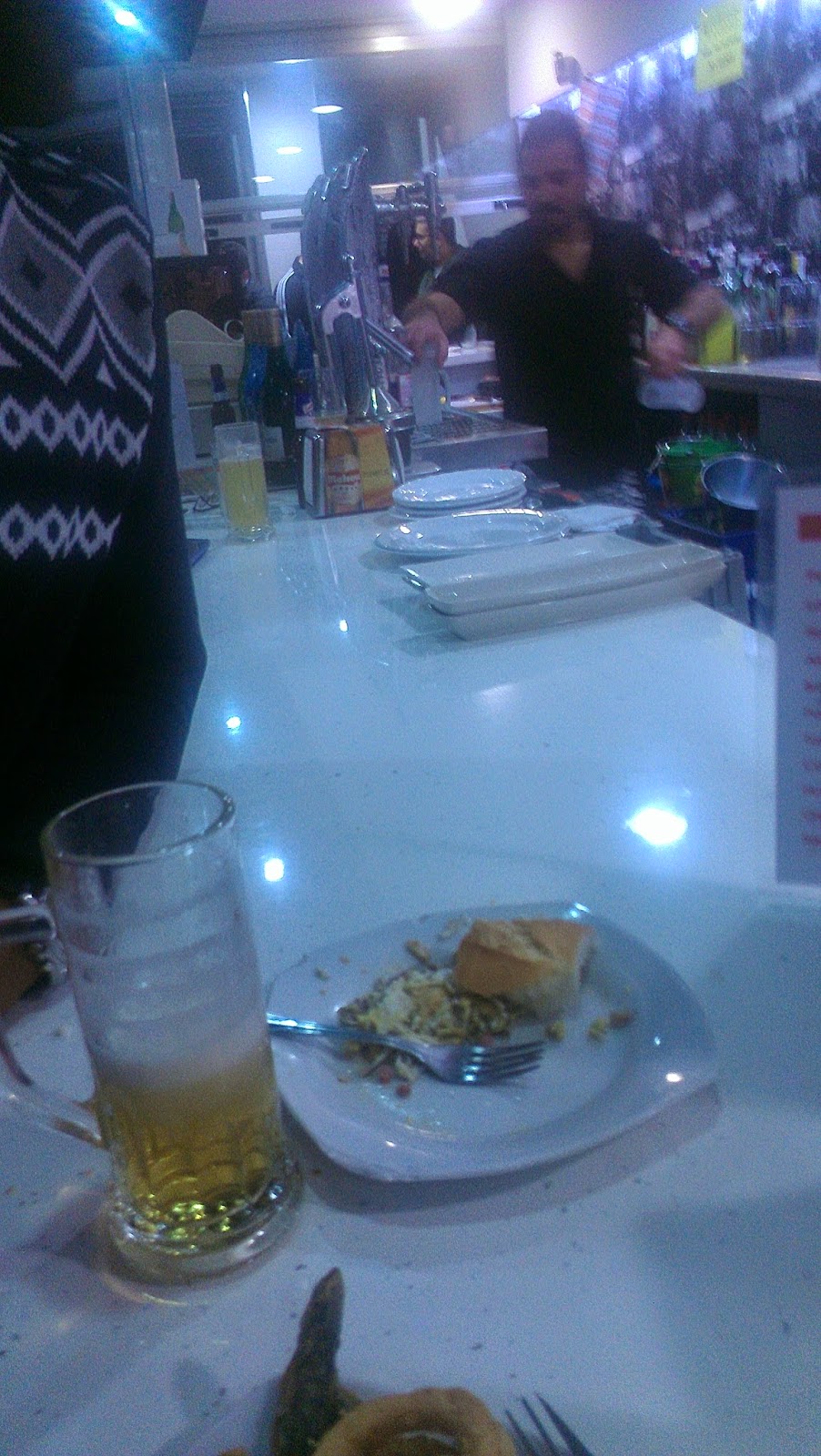




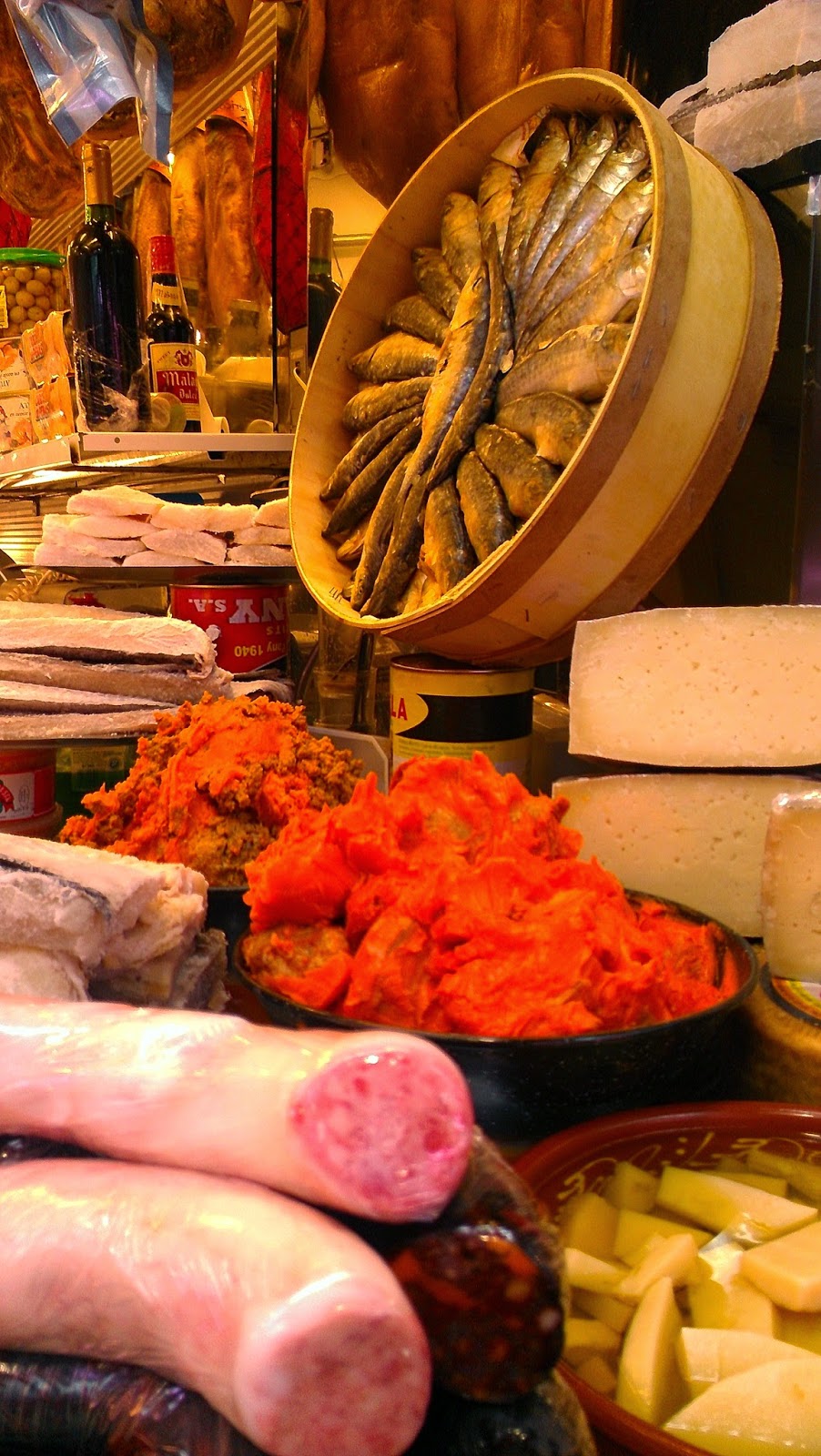












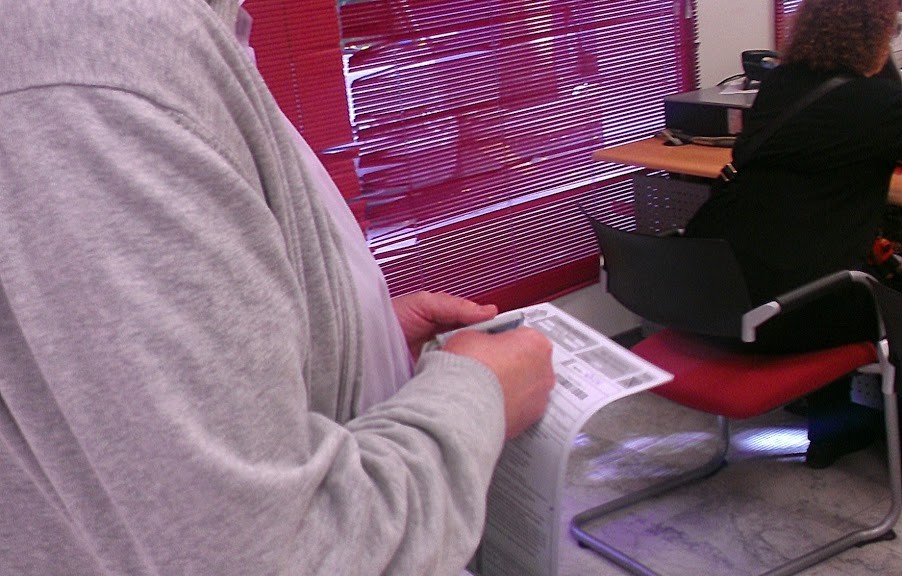






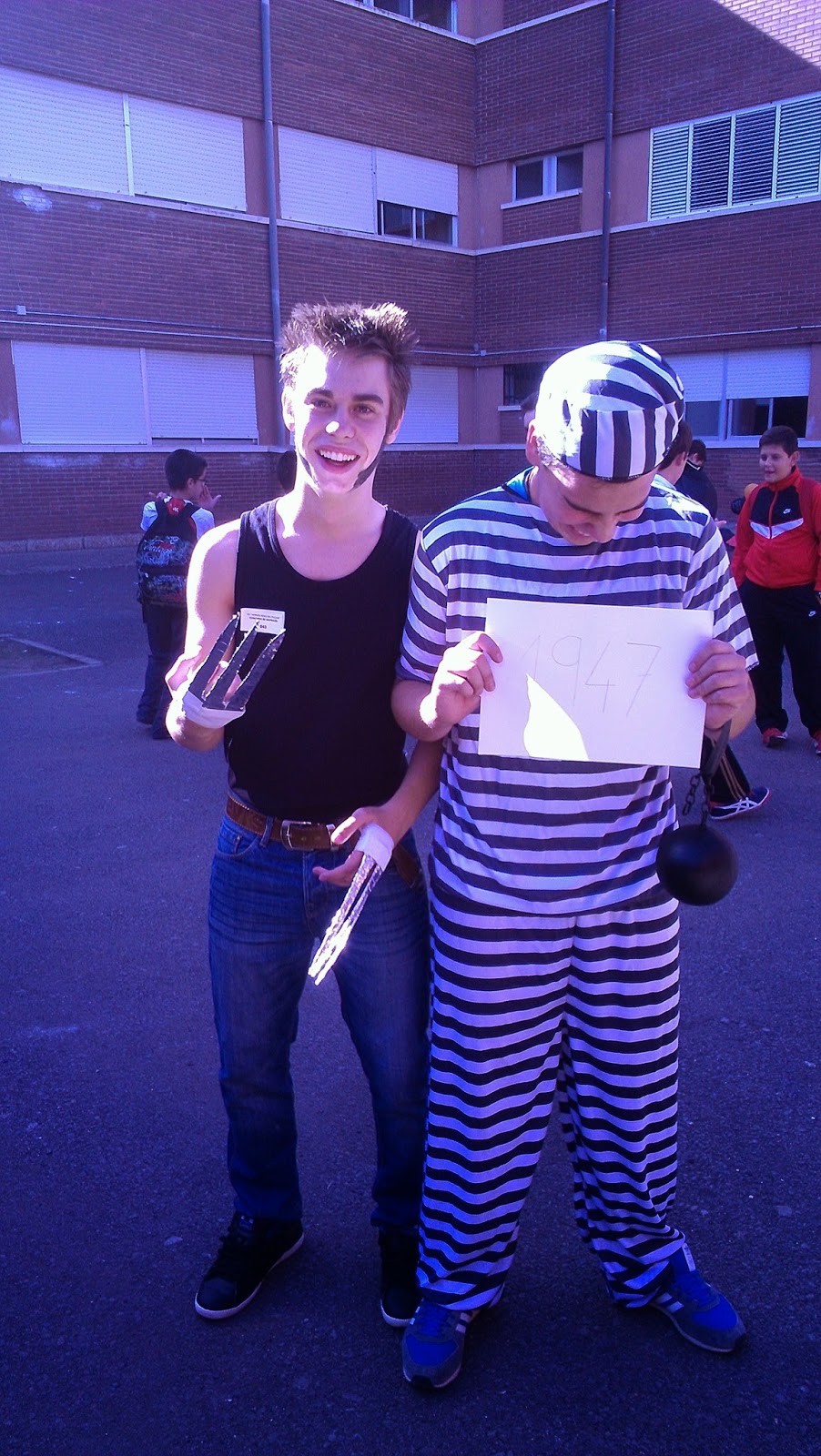

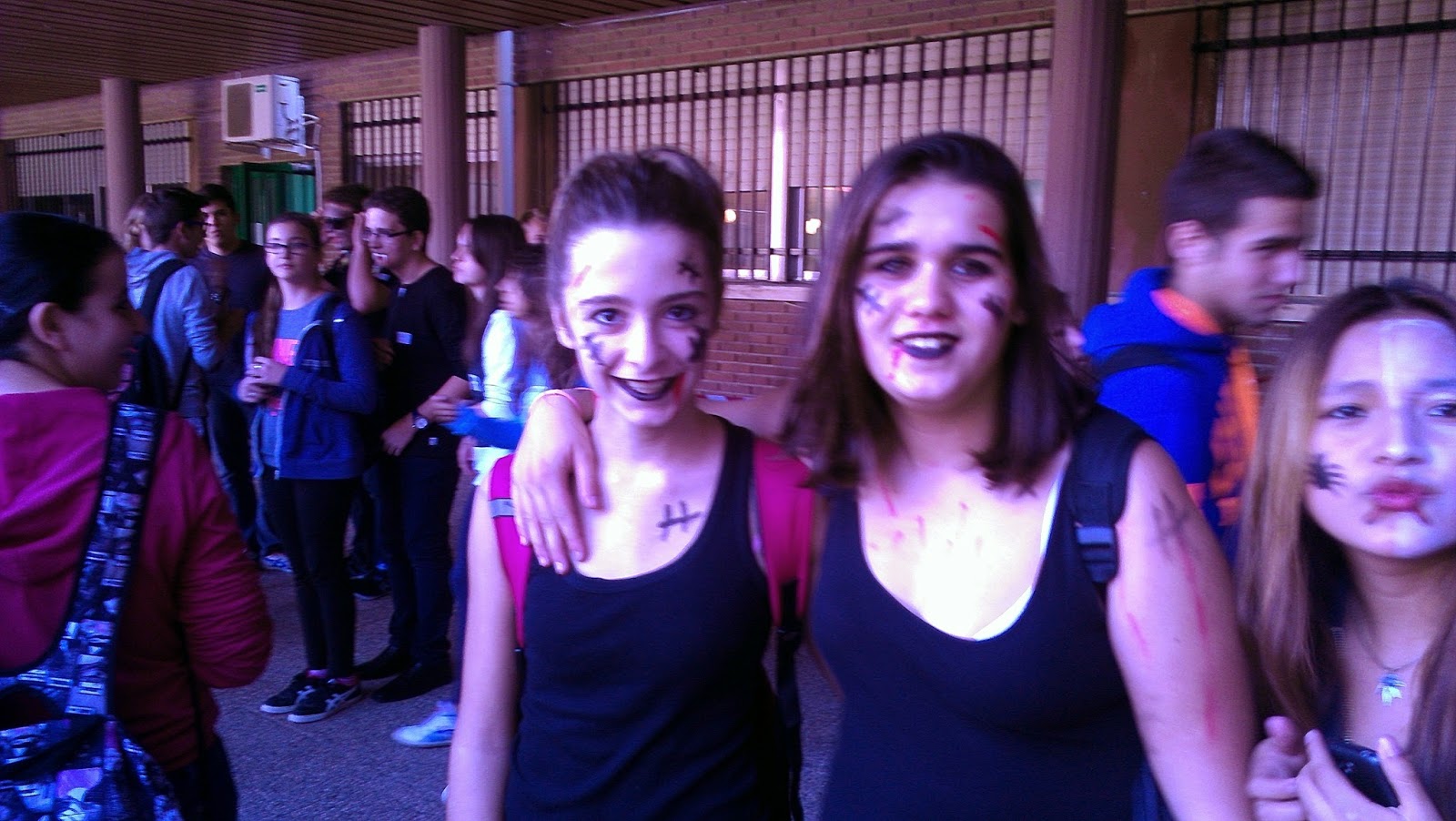
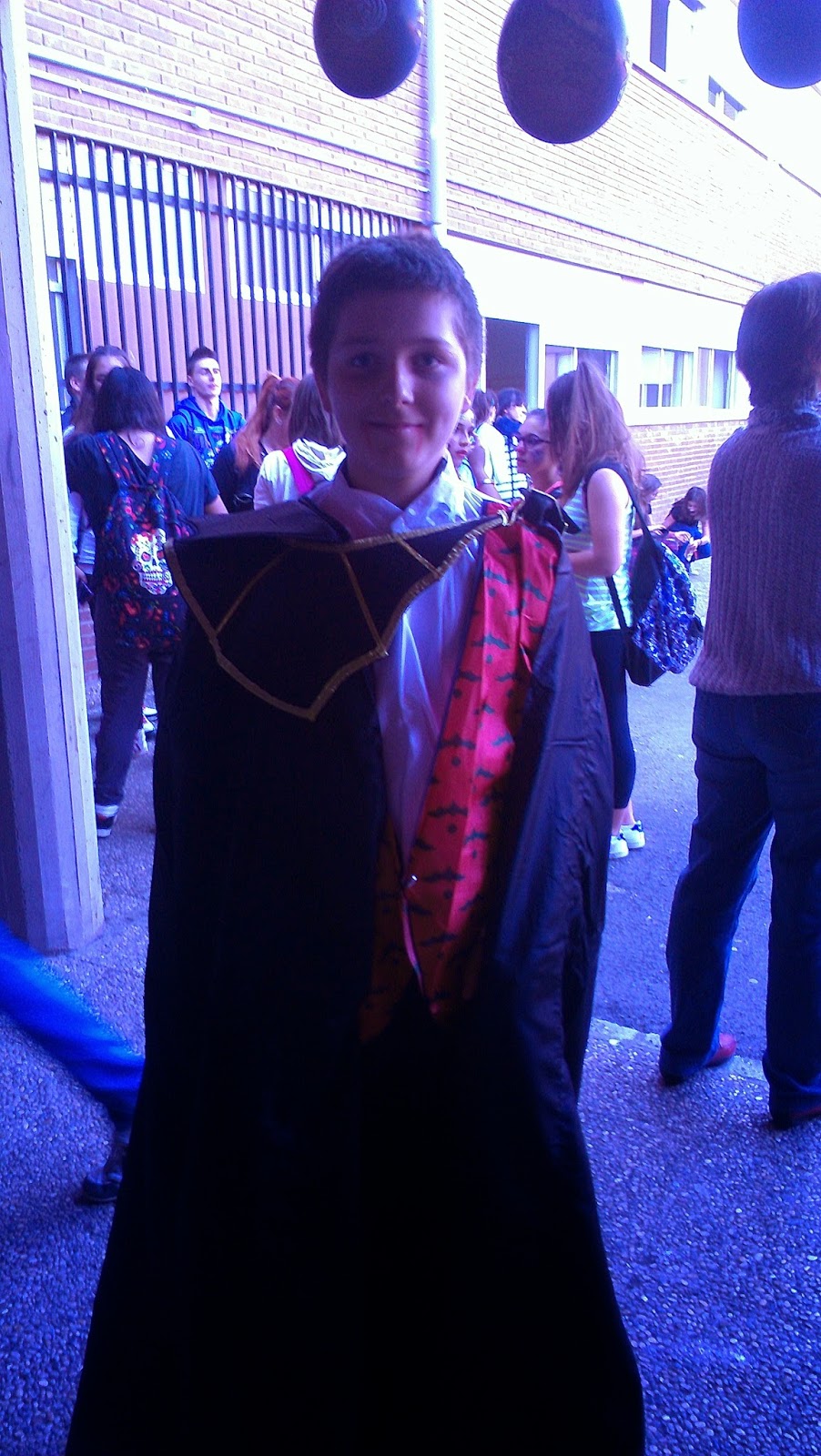


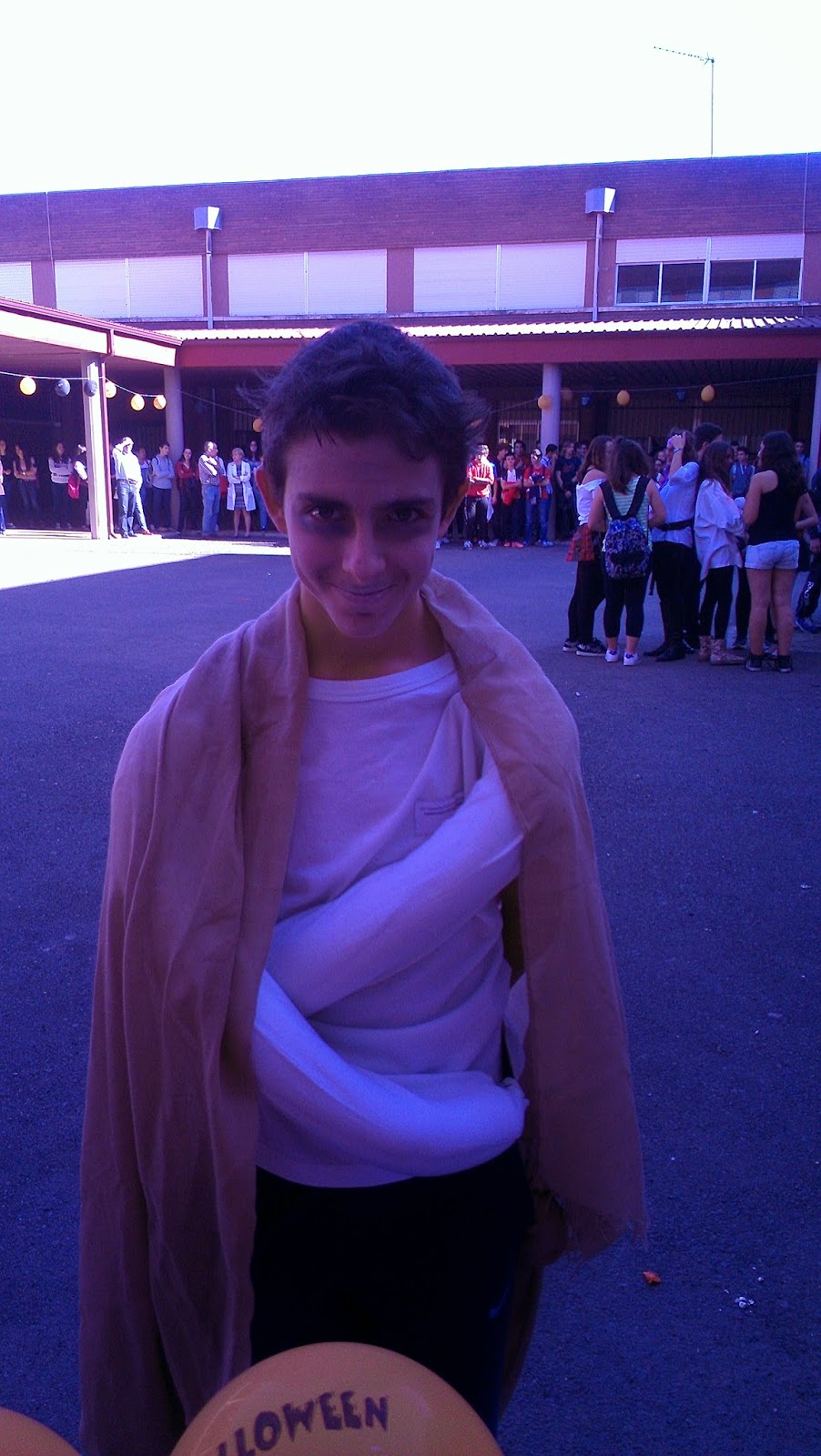
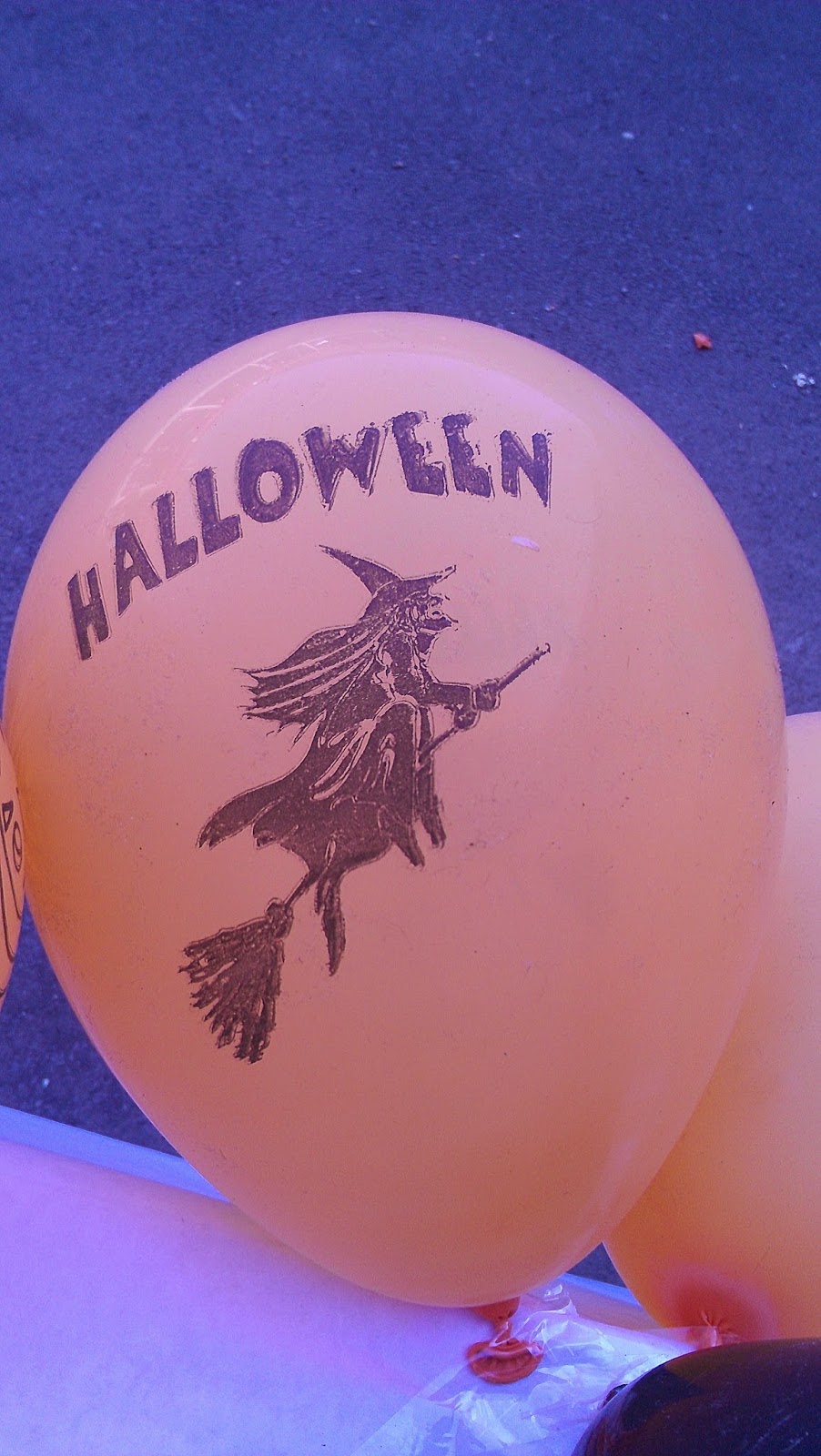
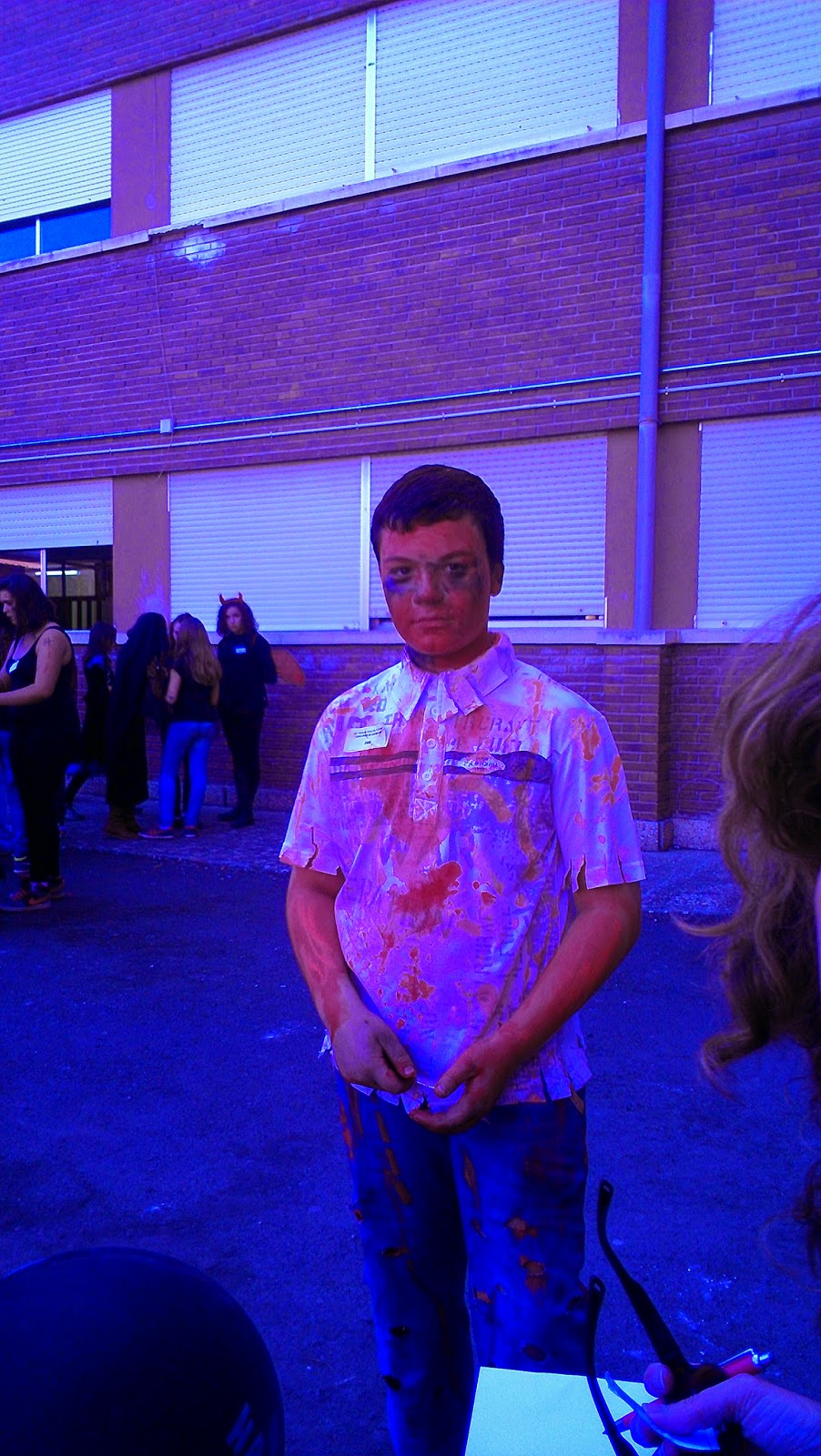
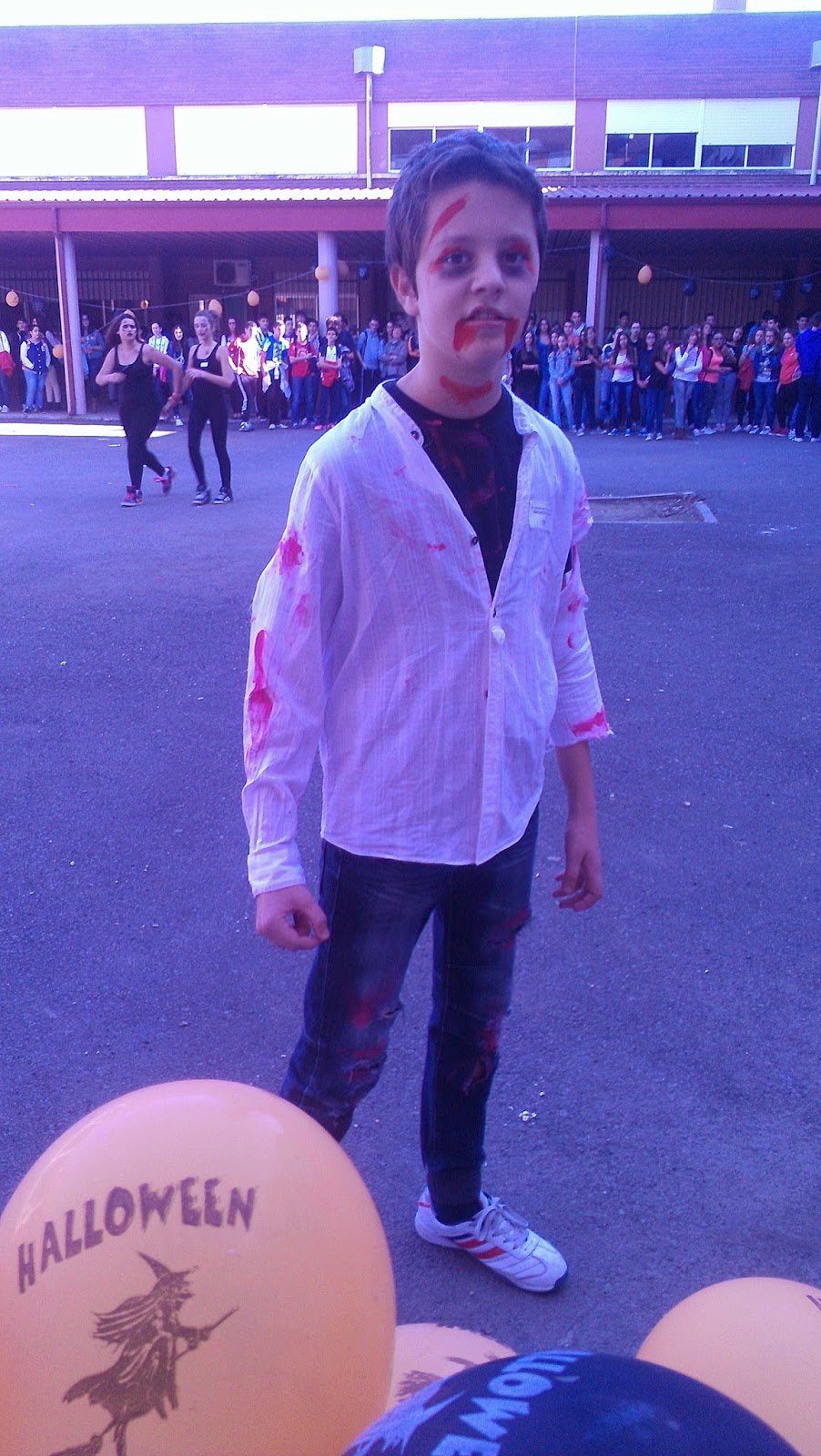

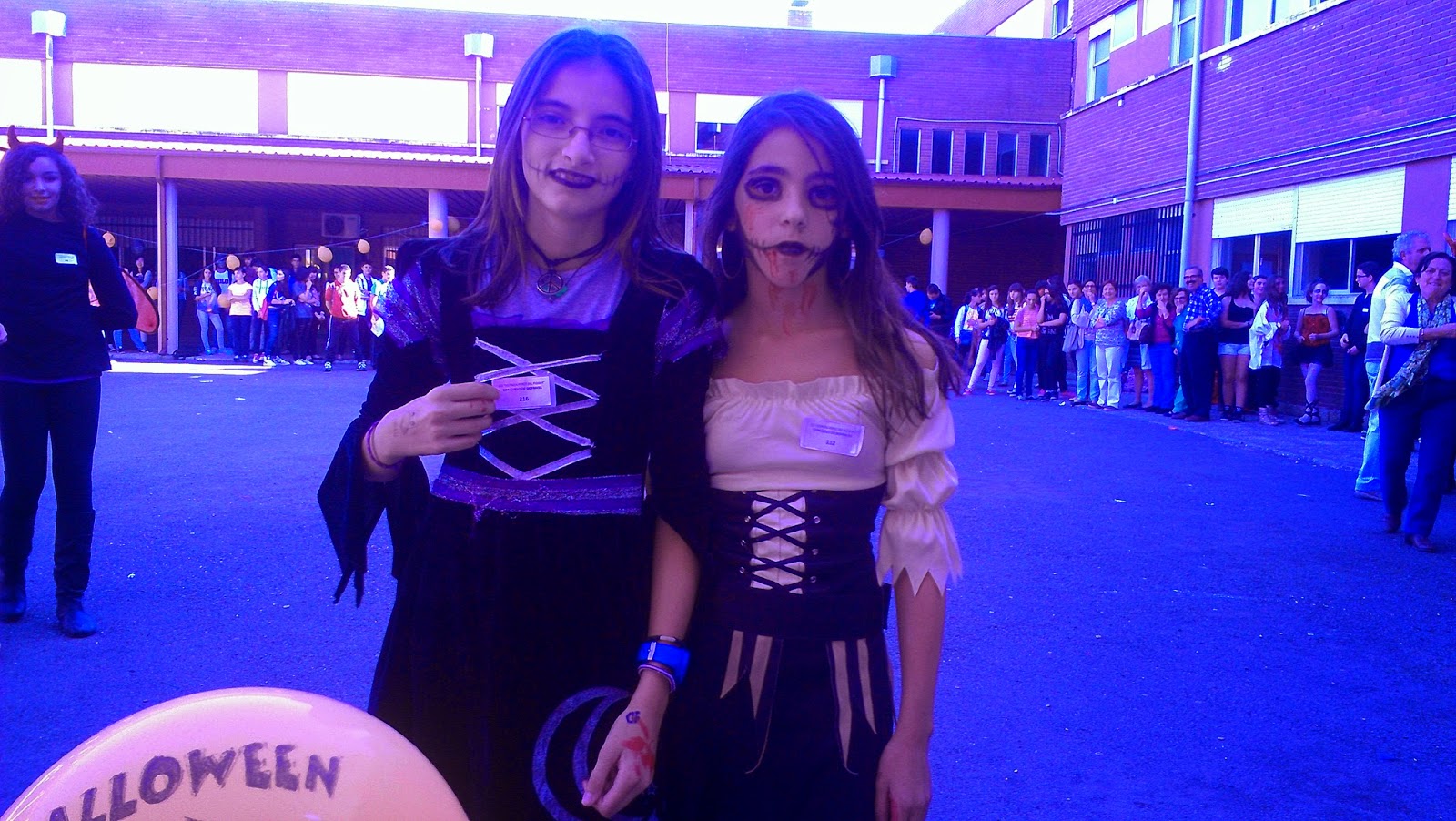

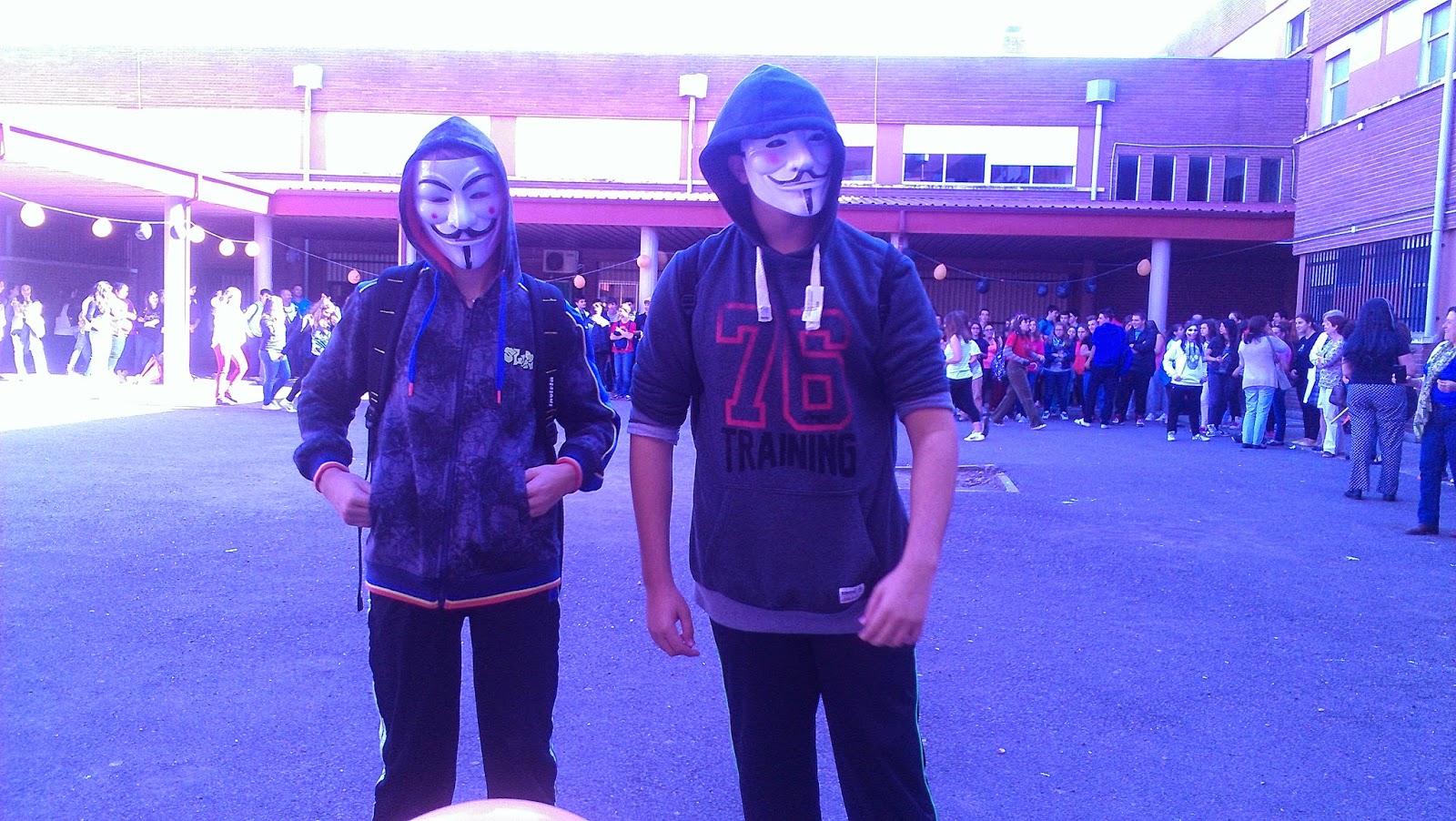
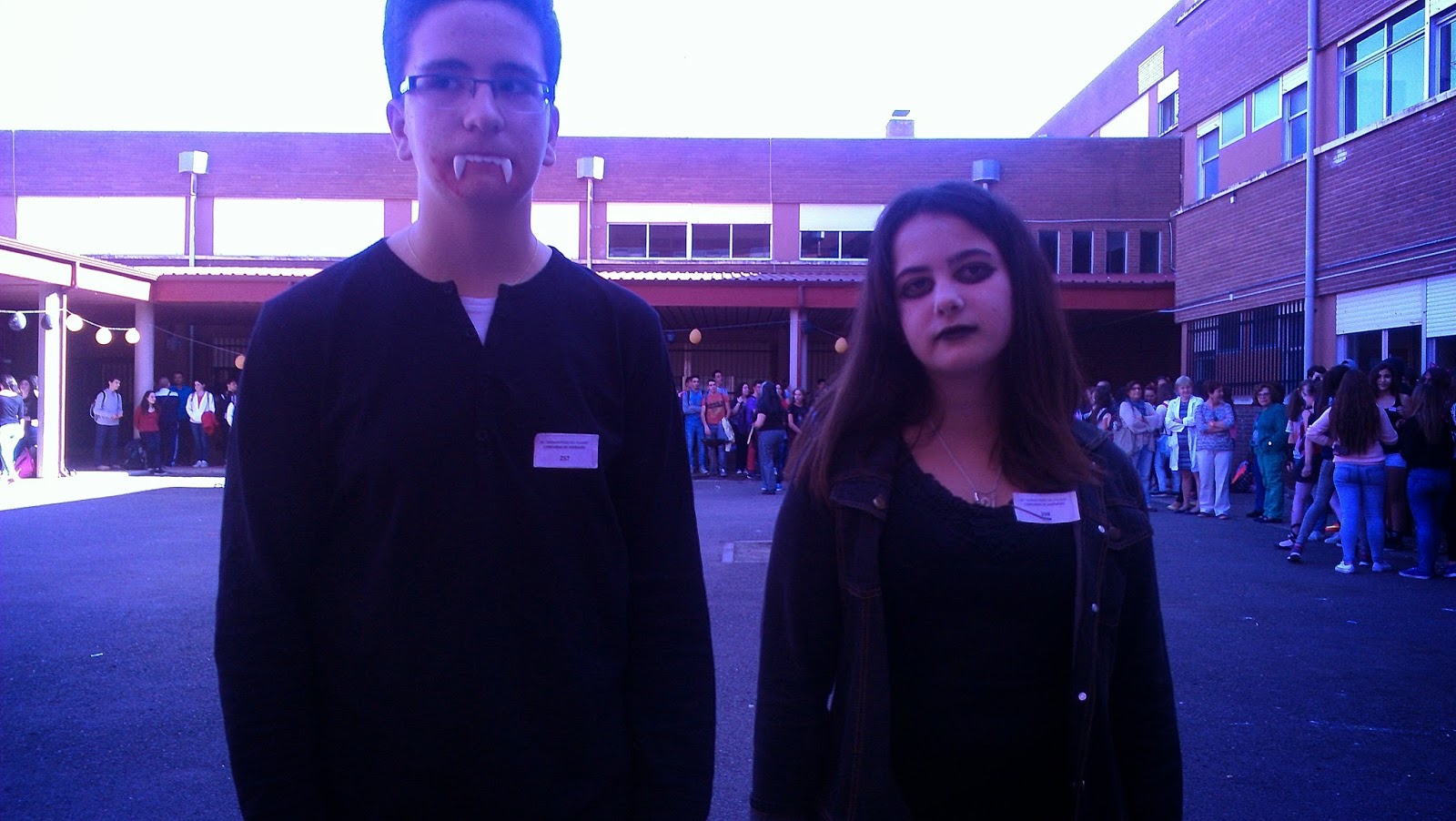


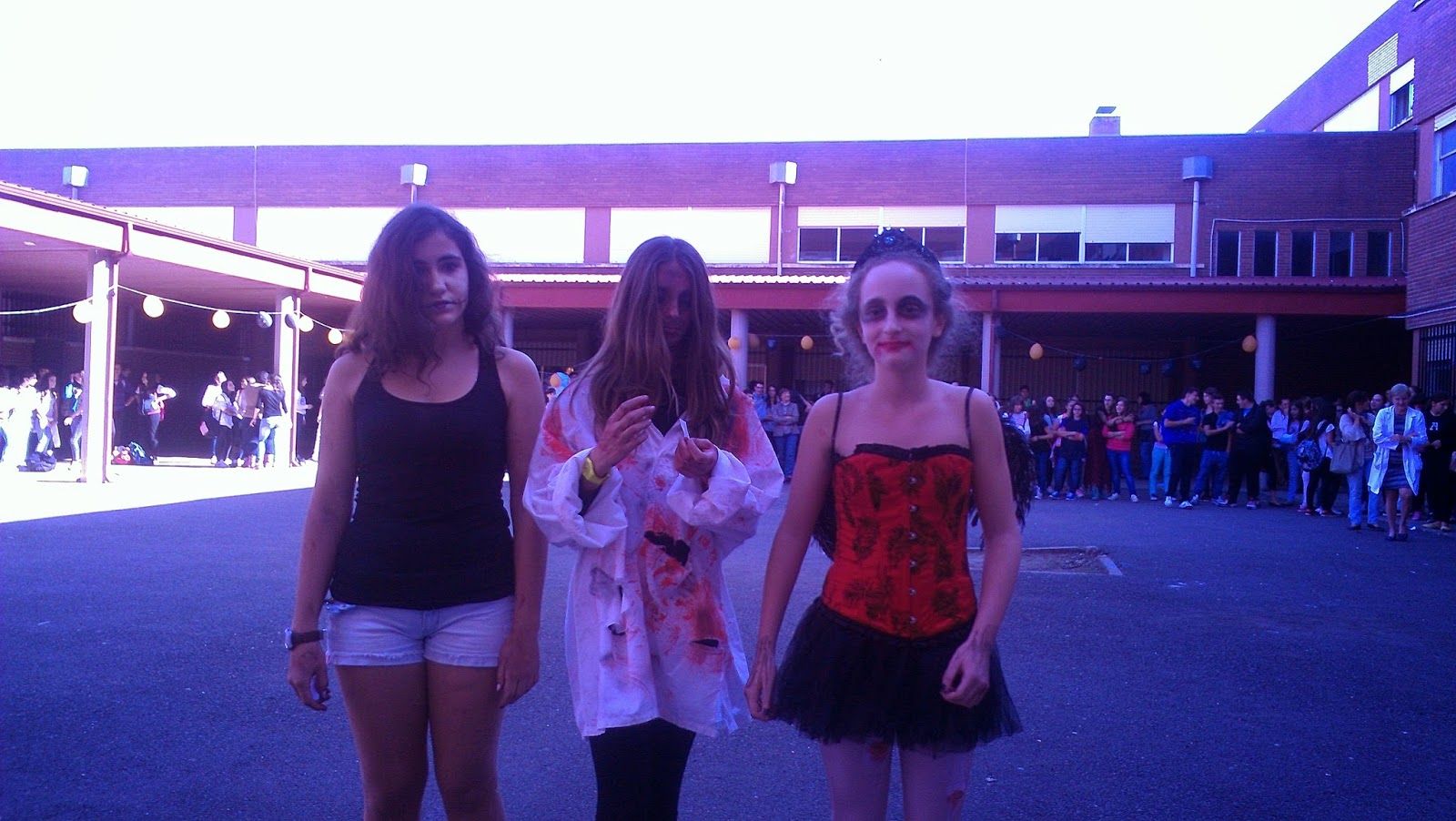
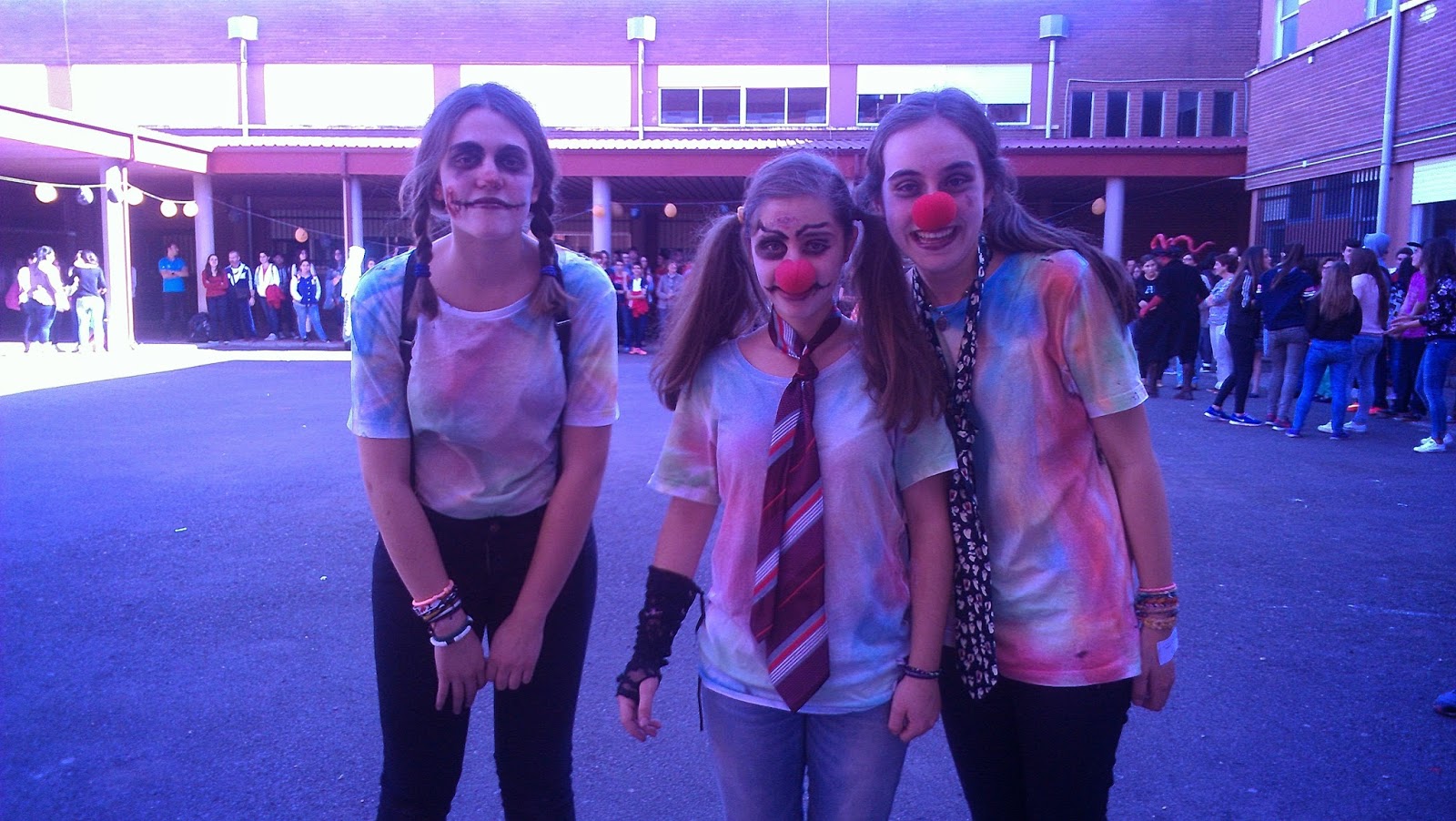
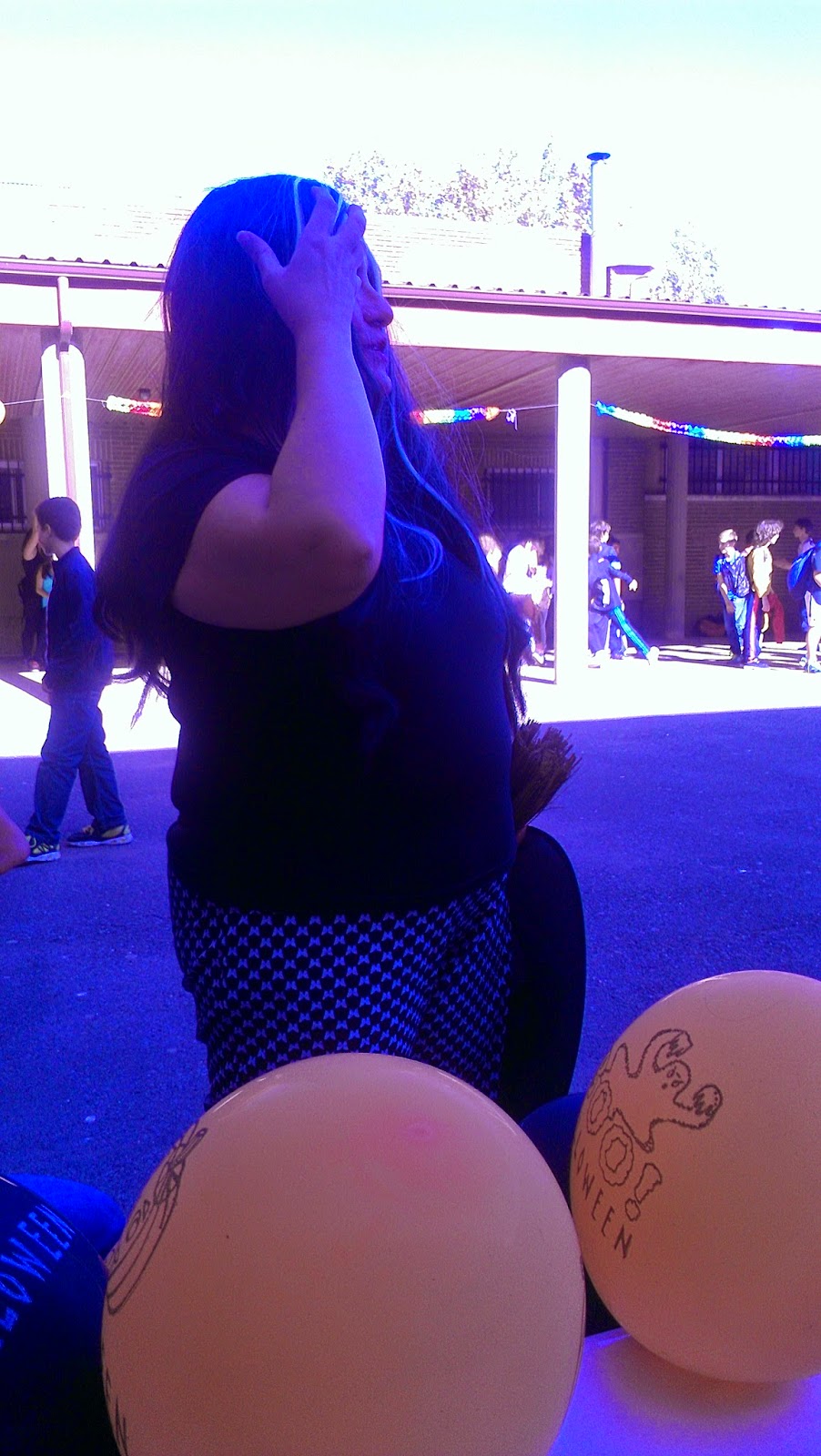
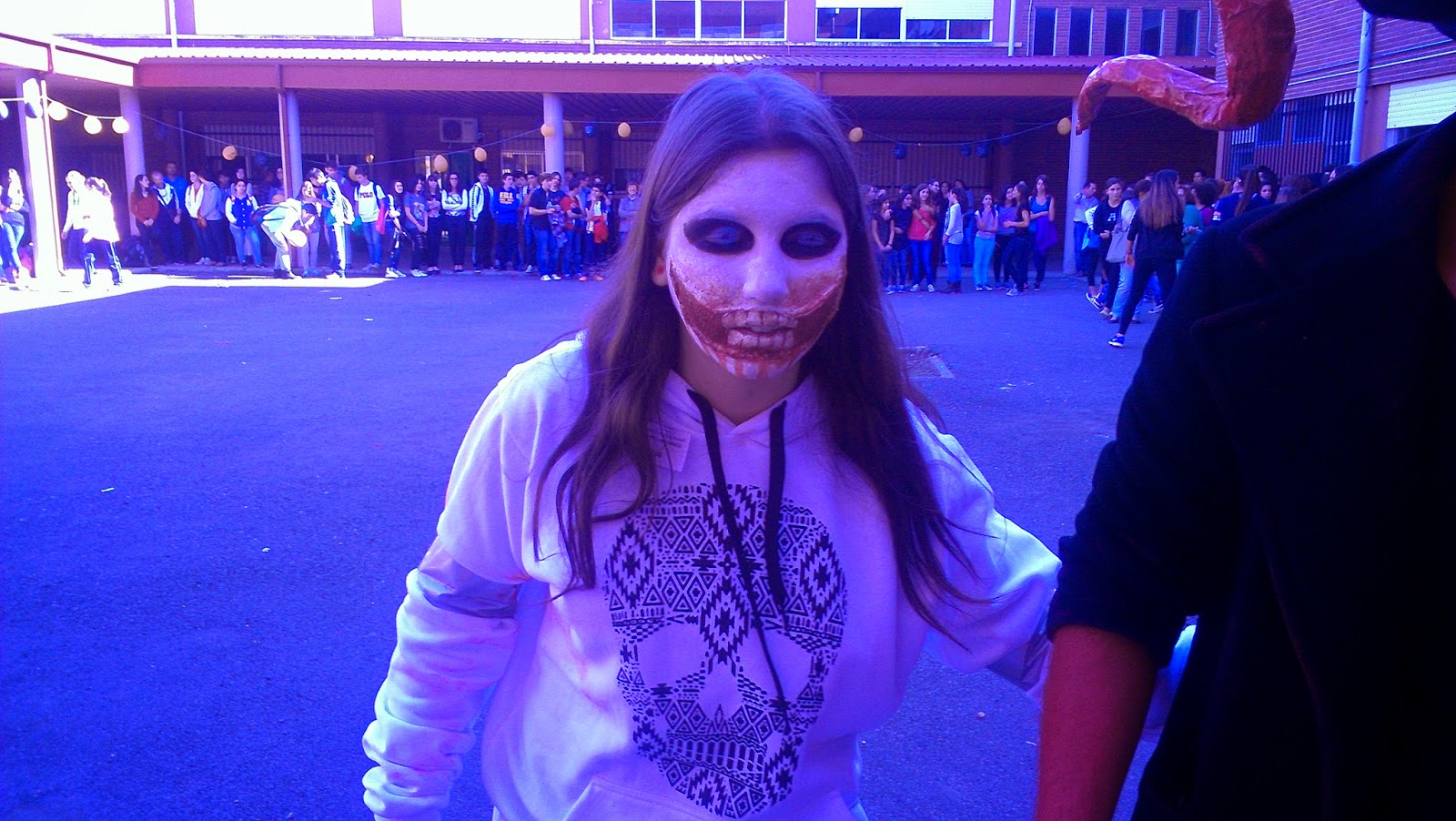
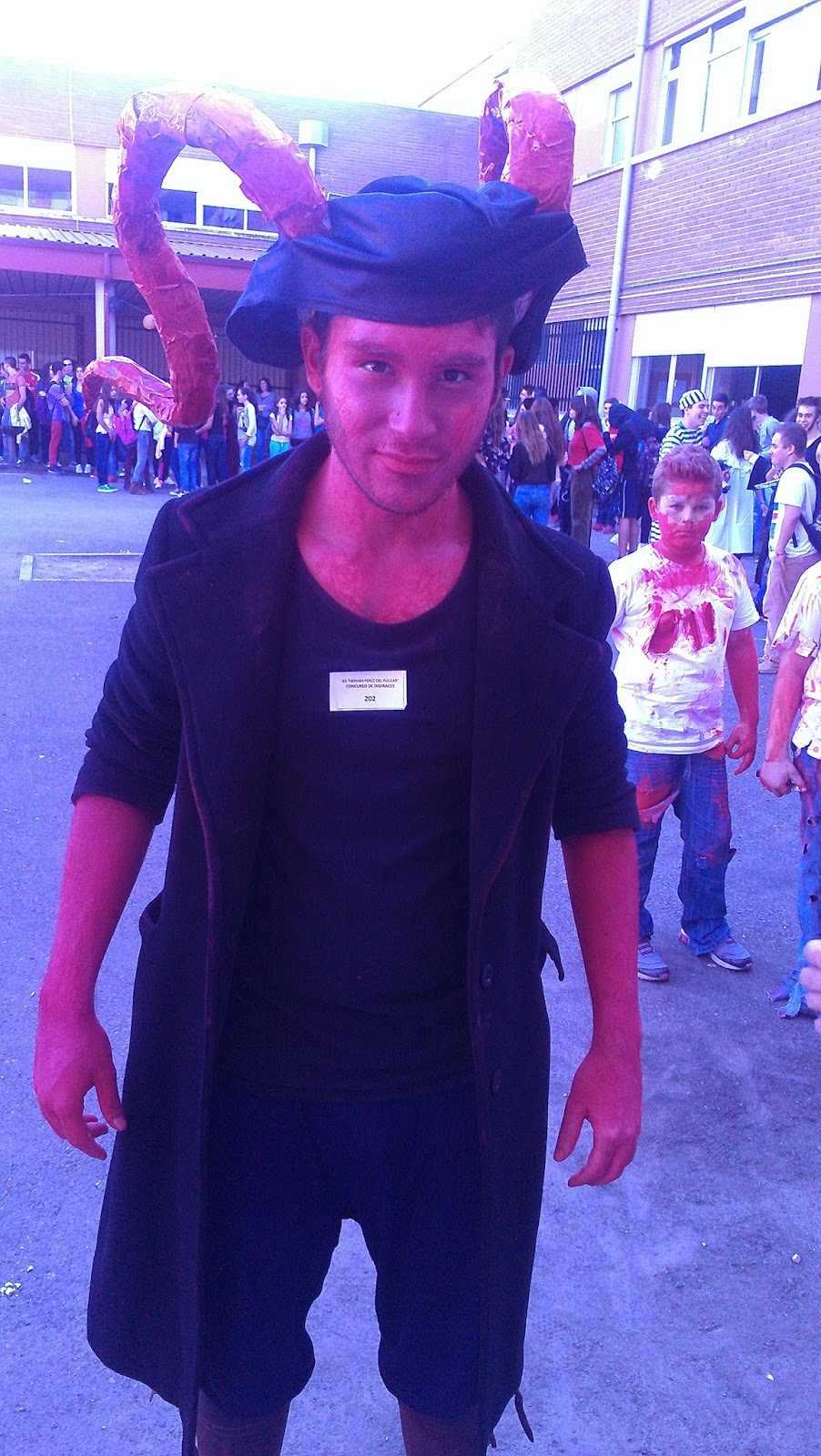

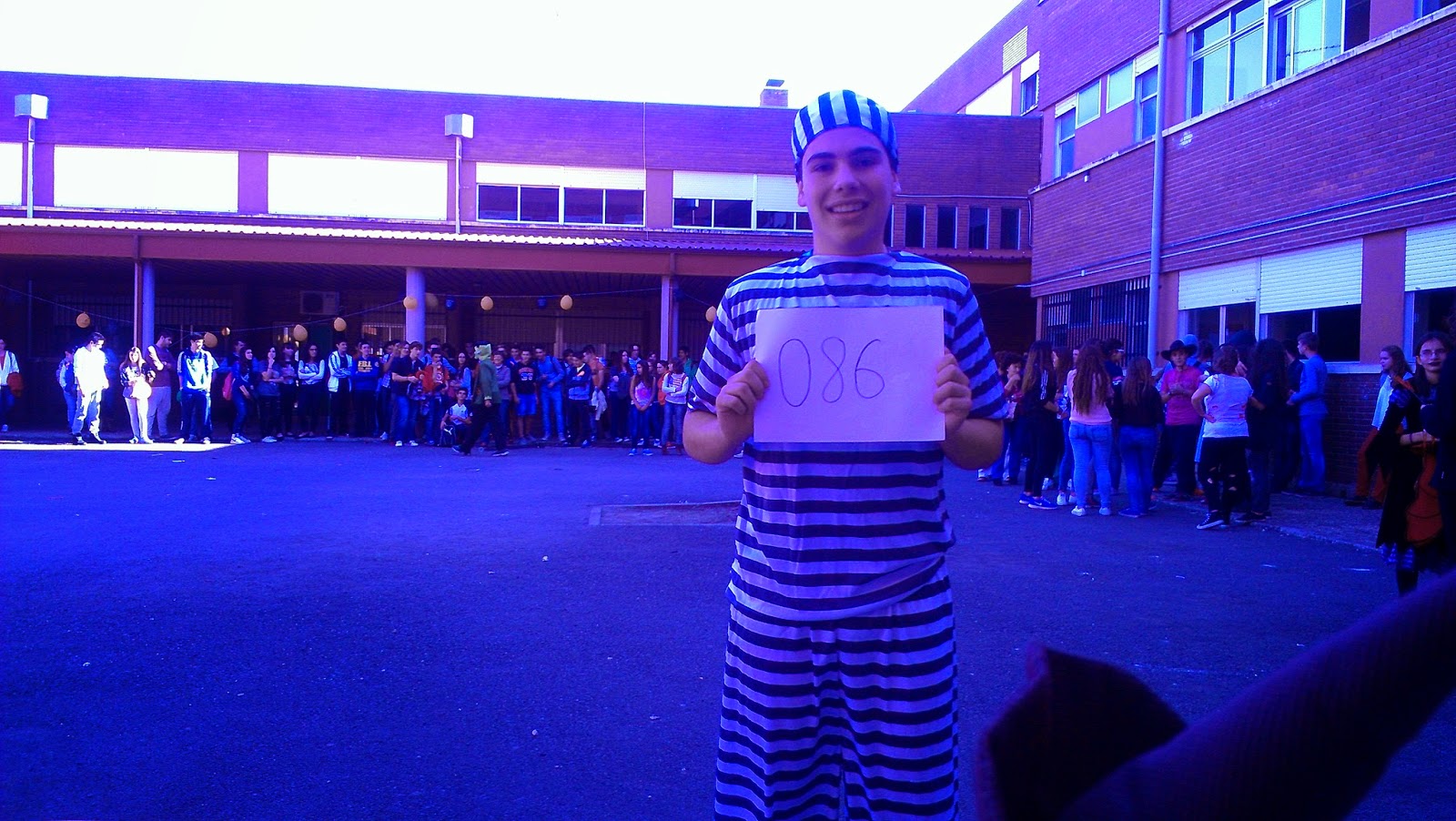

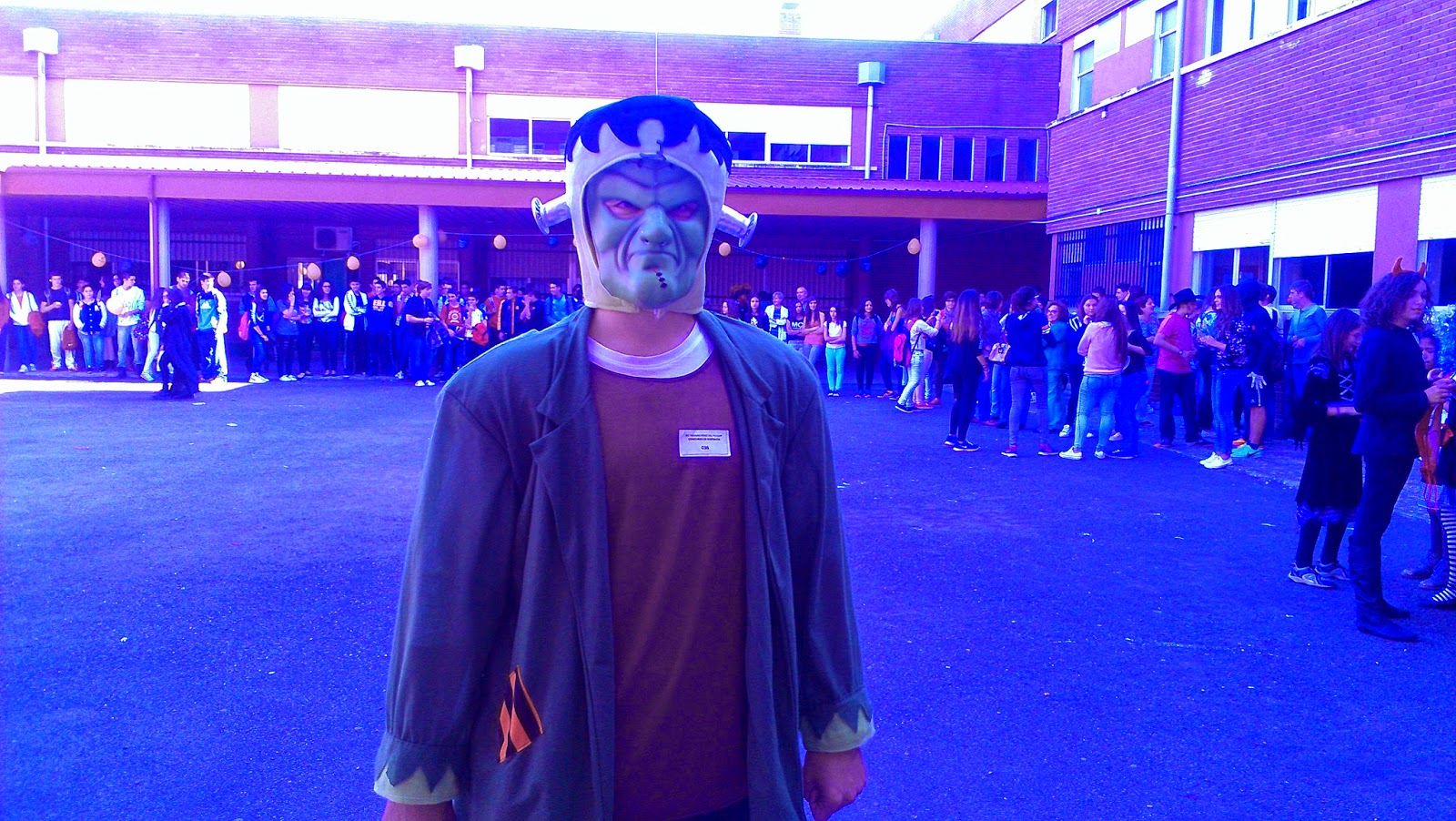

















































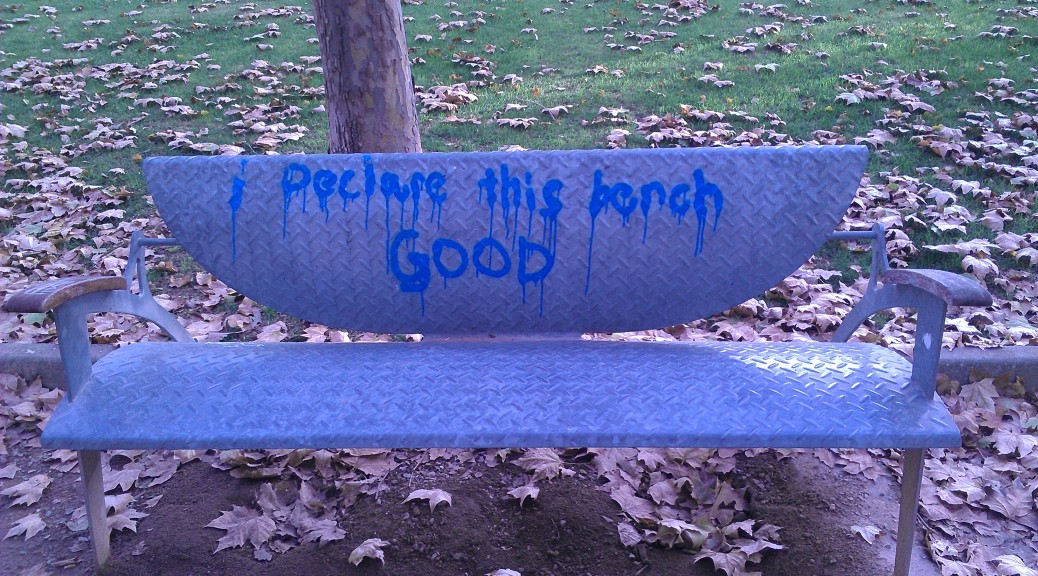













































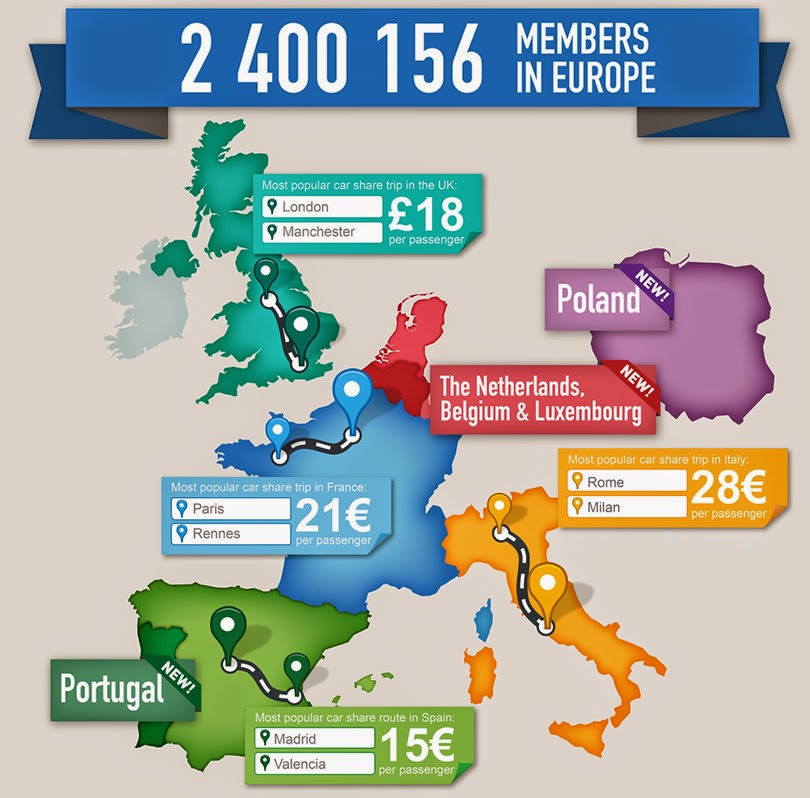


.jpg)
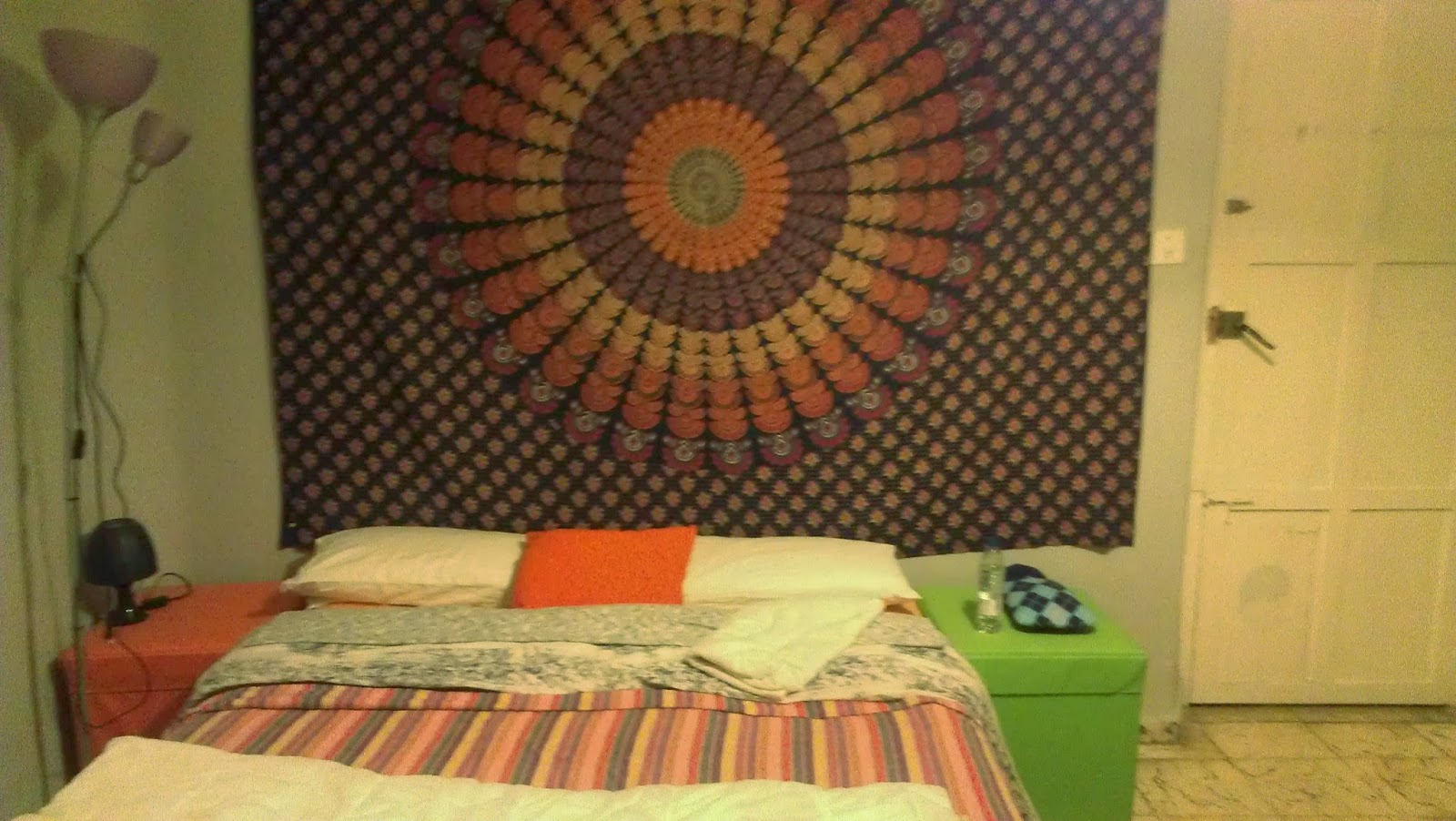.jpg)
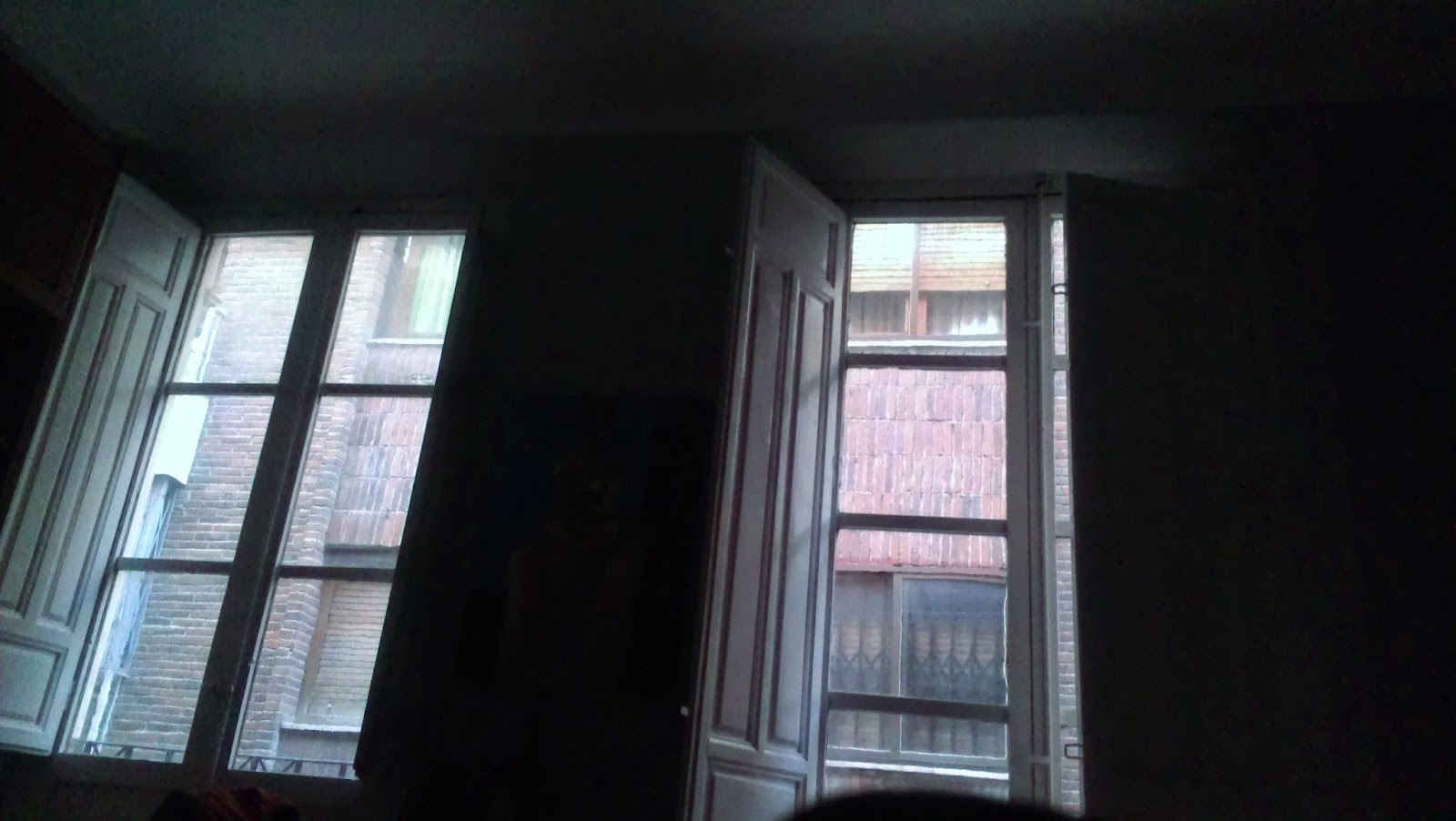.jpg)
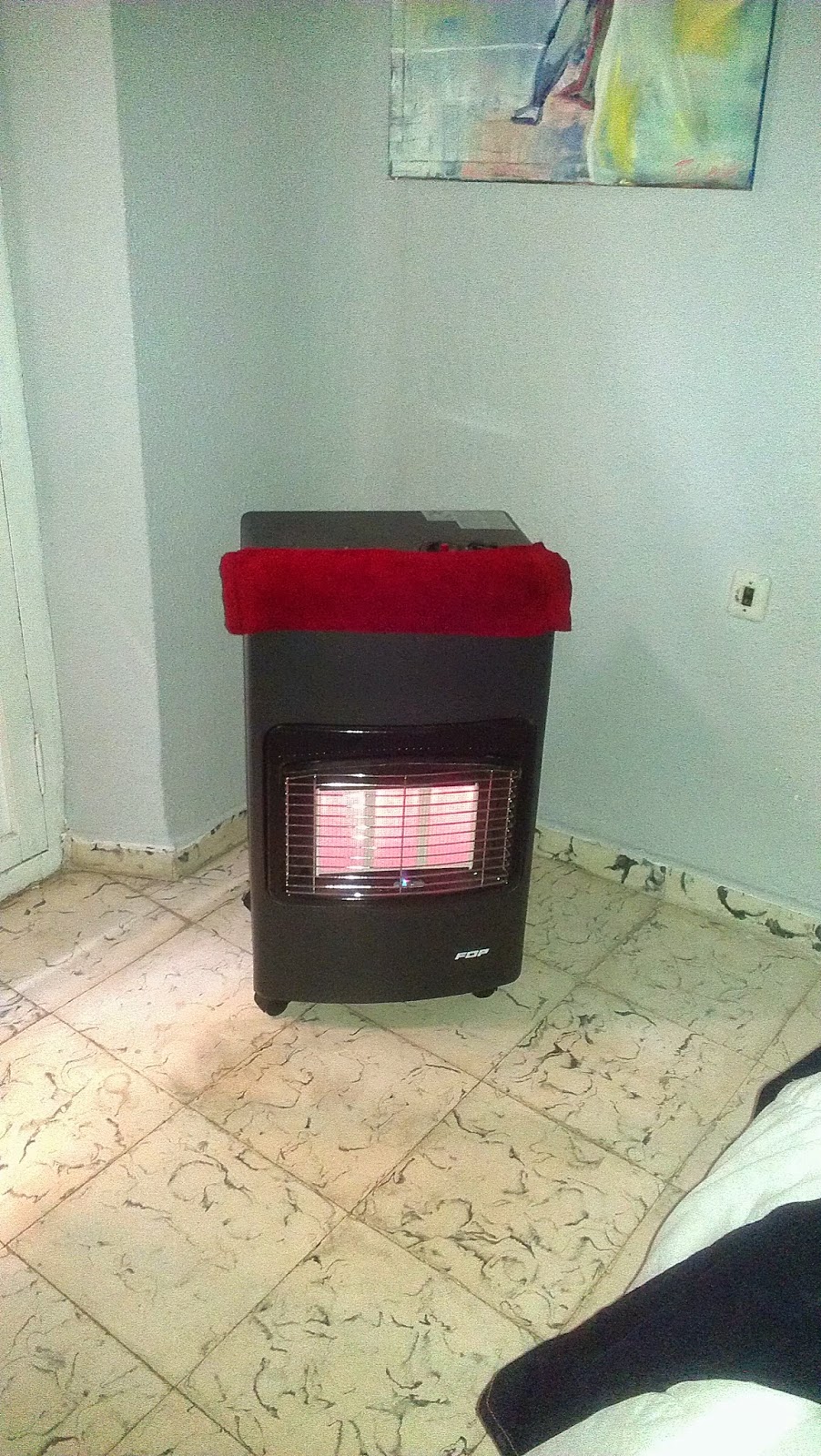.jpg)
















































.jpg)

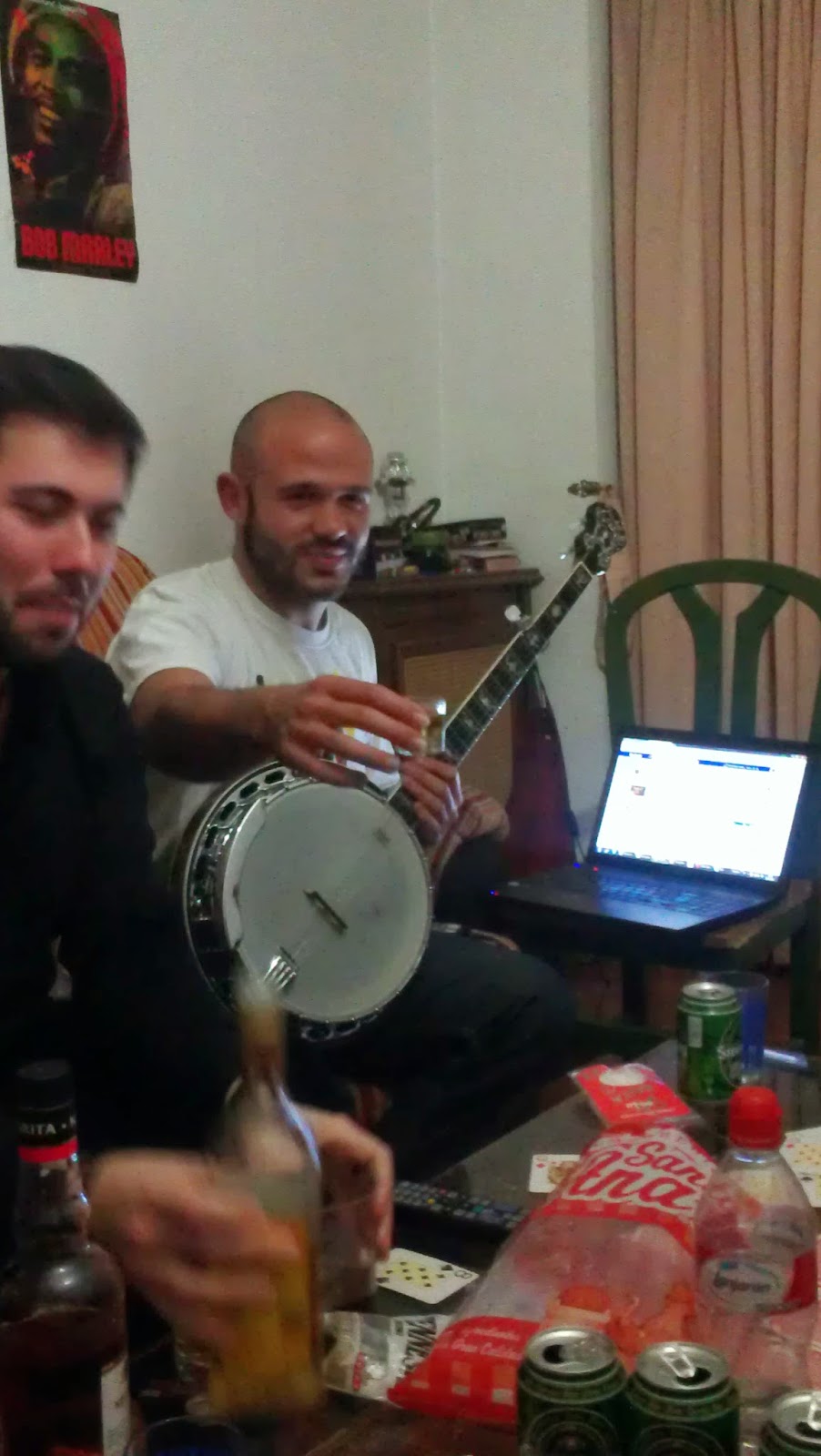.jpg)
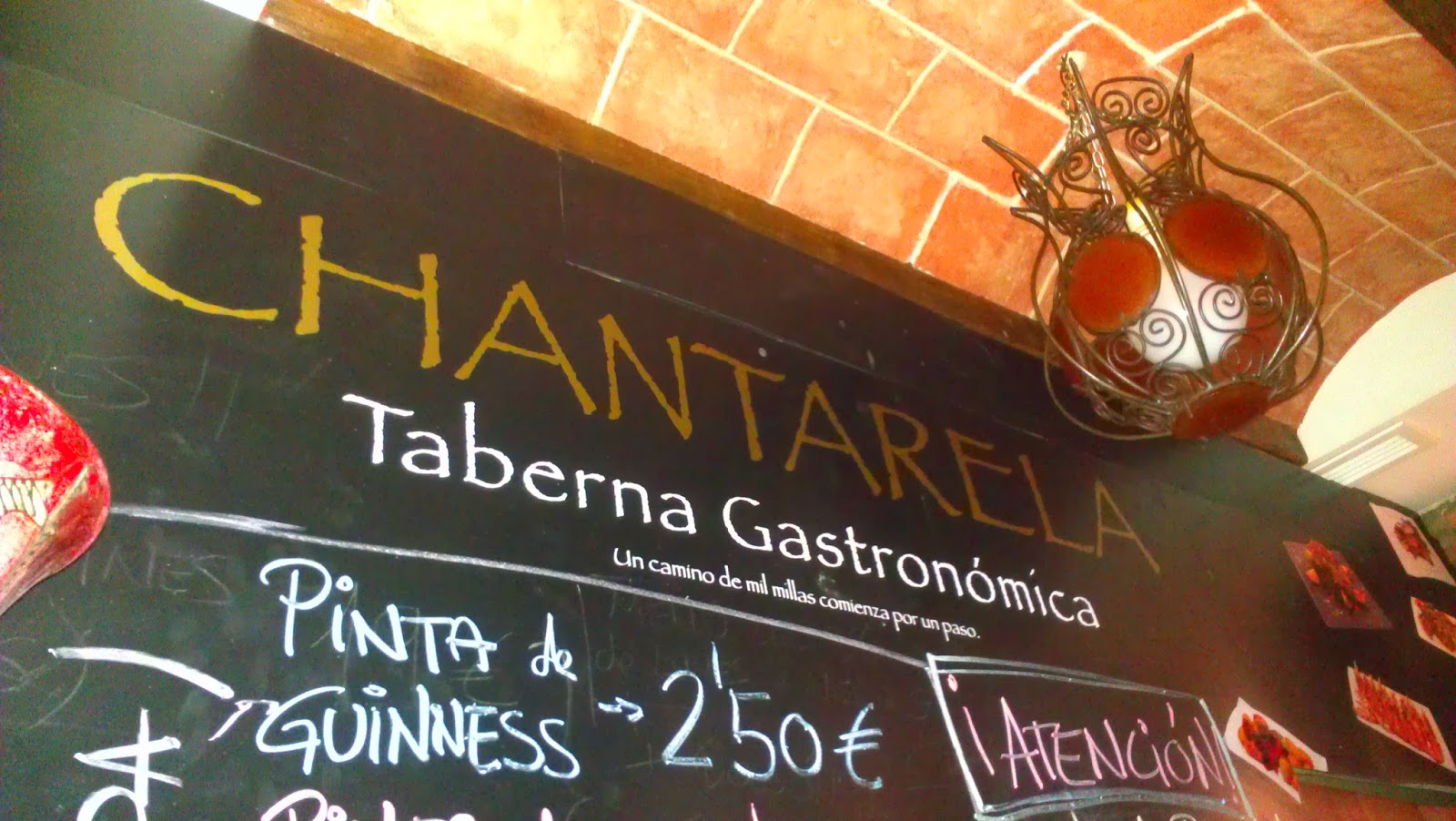.jpg)
.jpg)

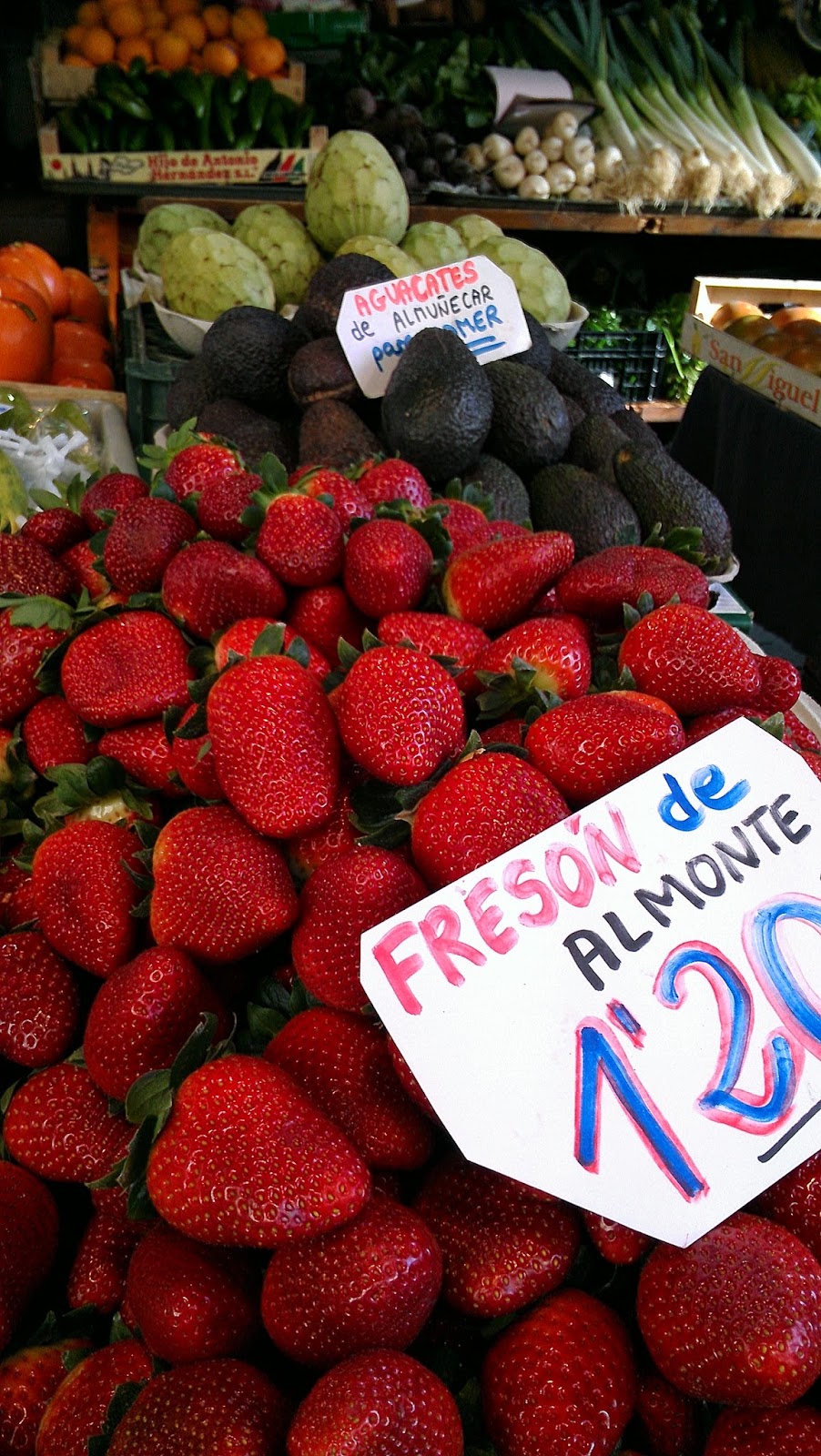.jpg)
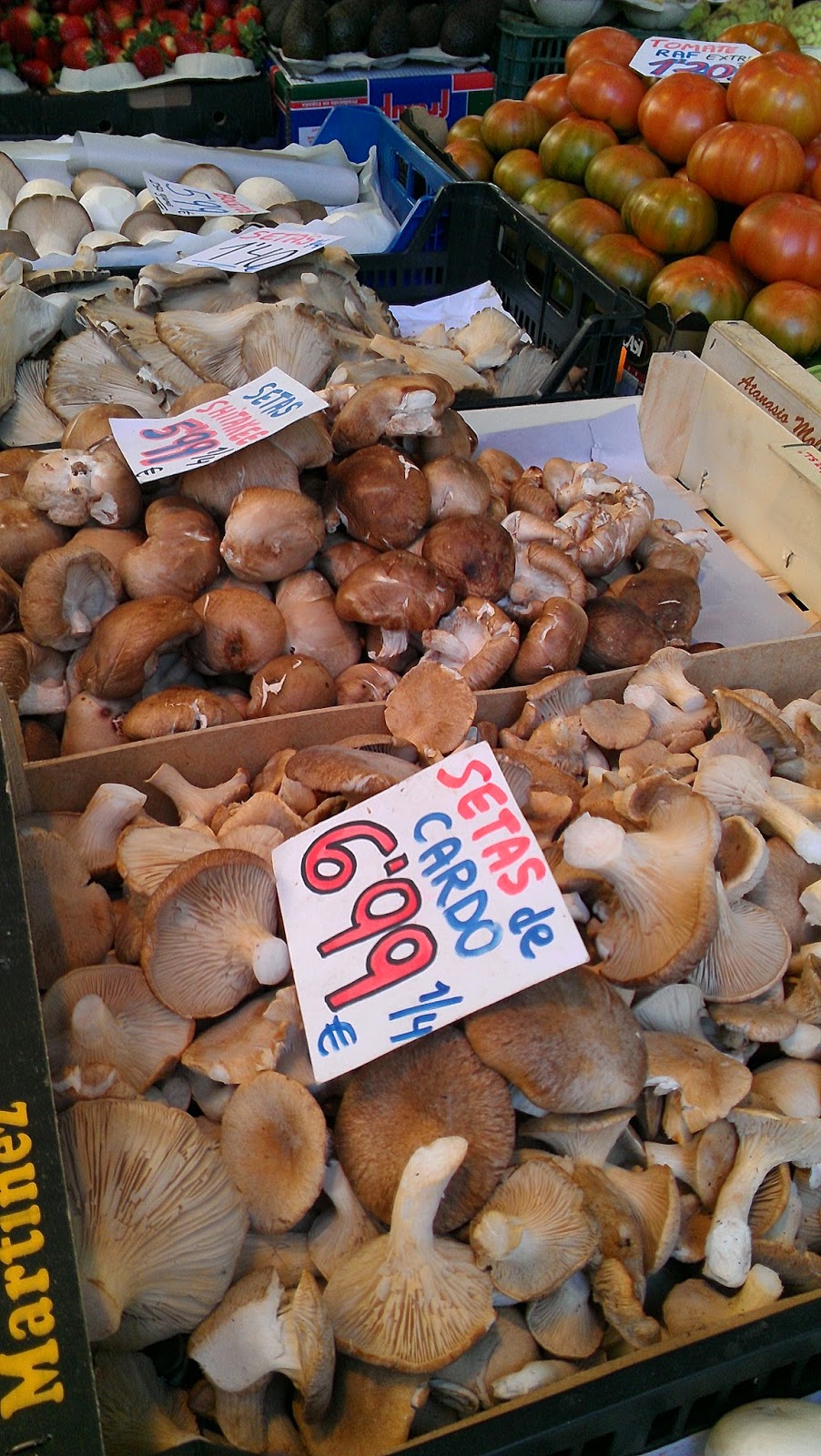.jpg)
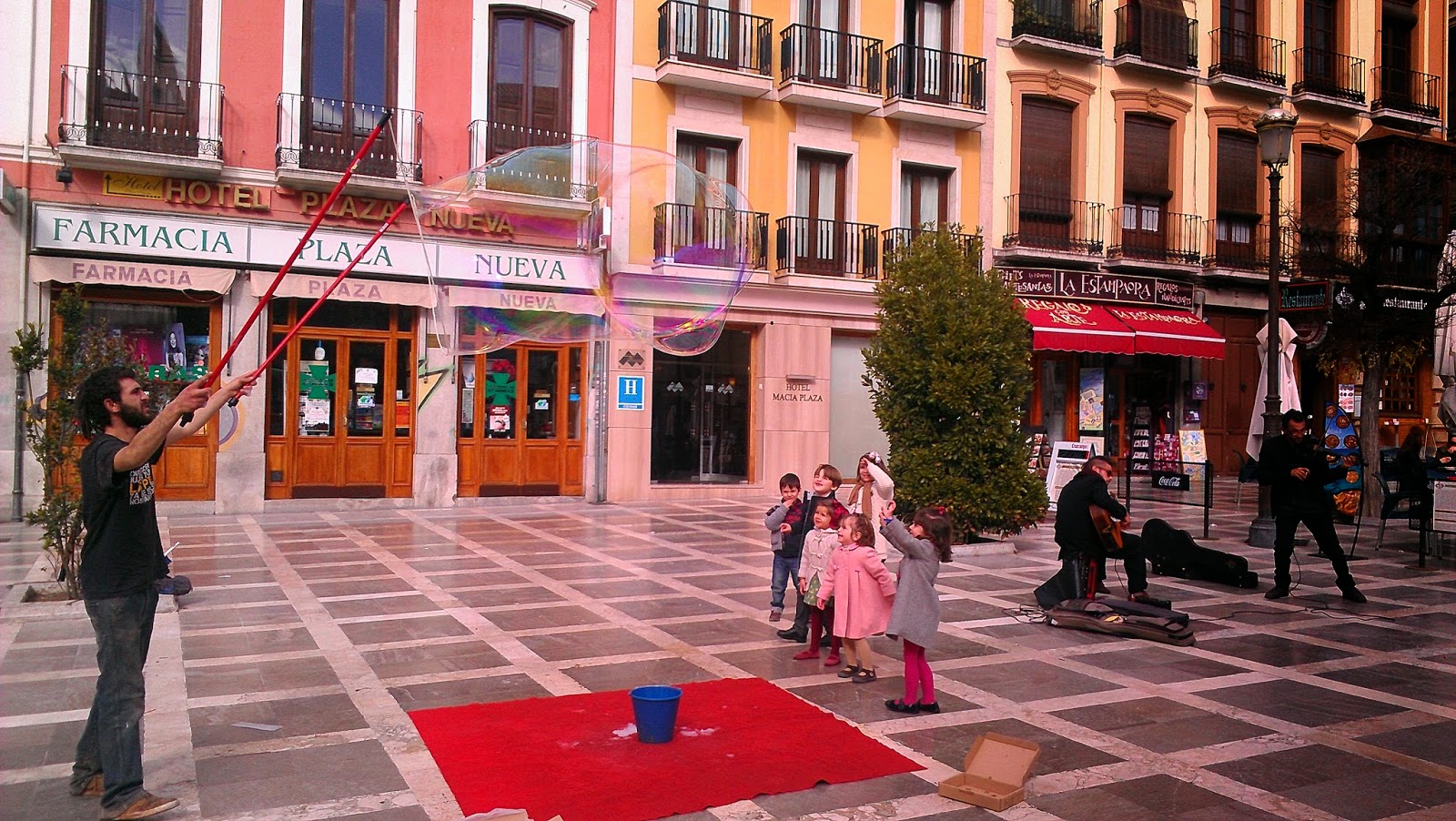.jpg)
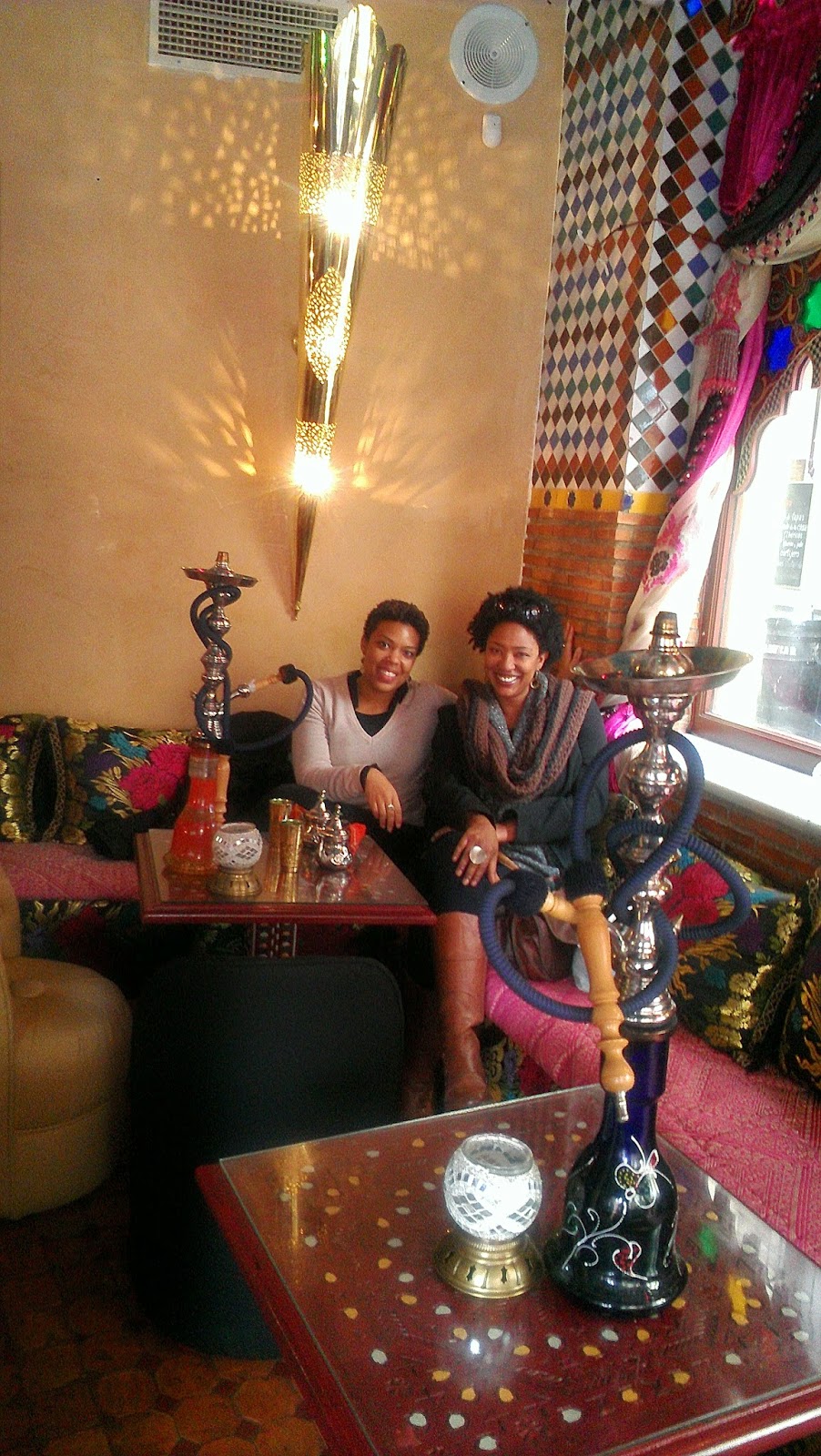.jpg)
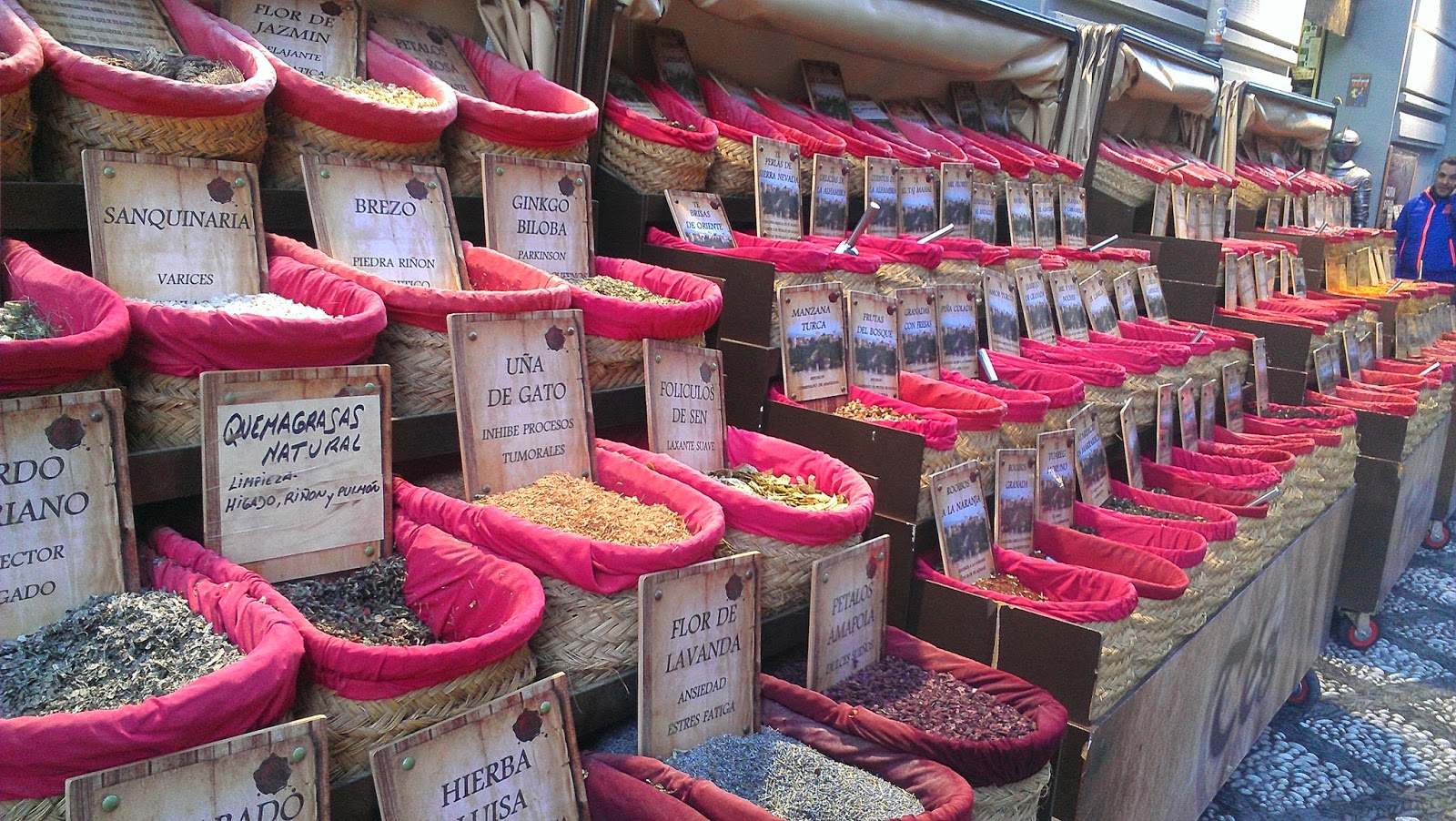.jpg)

.jpg)

.jpg)
.jpg)
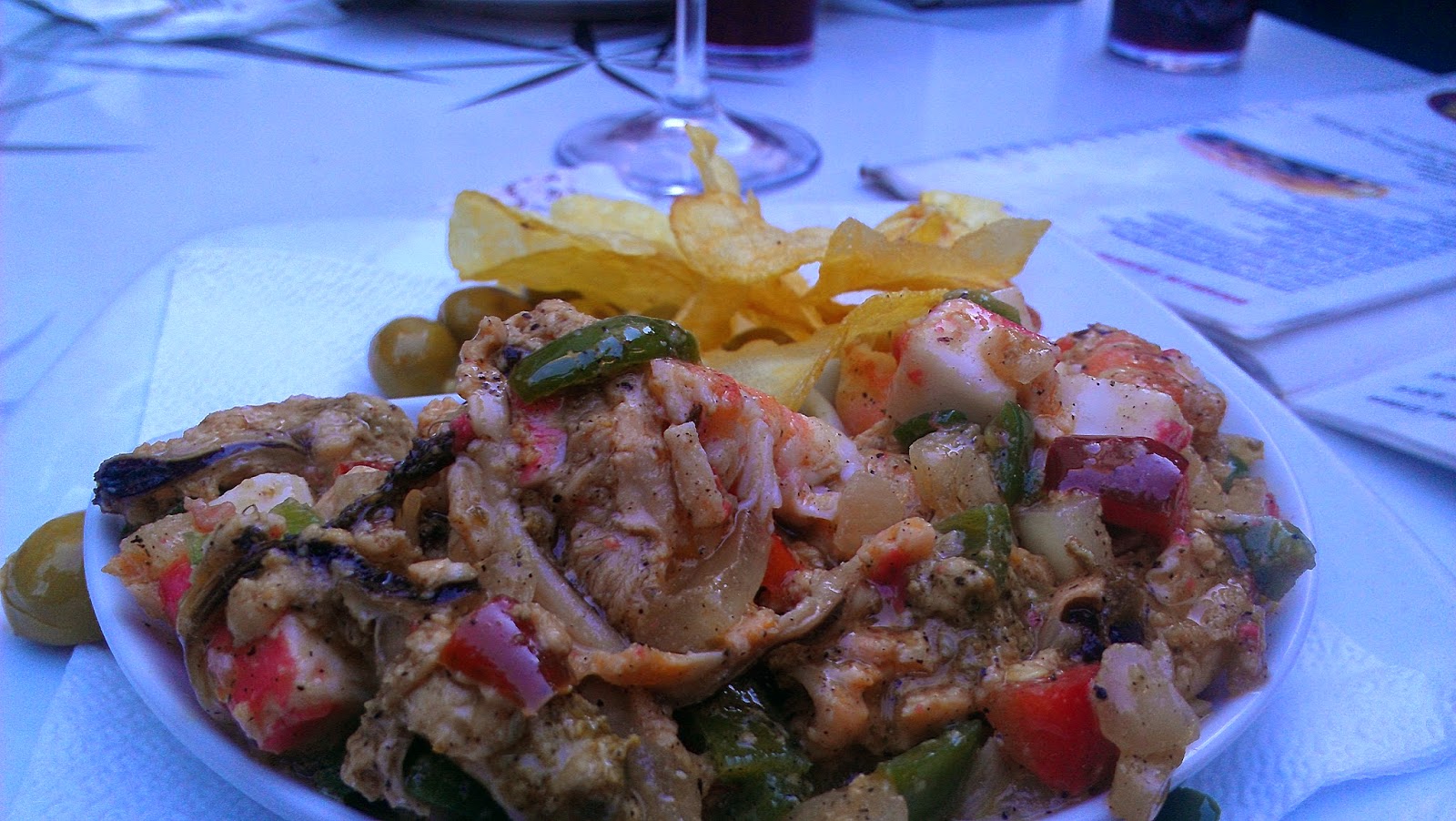.jpg)
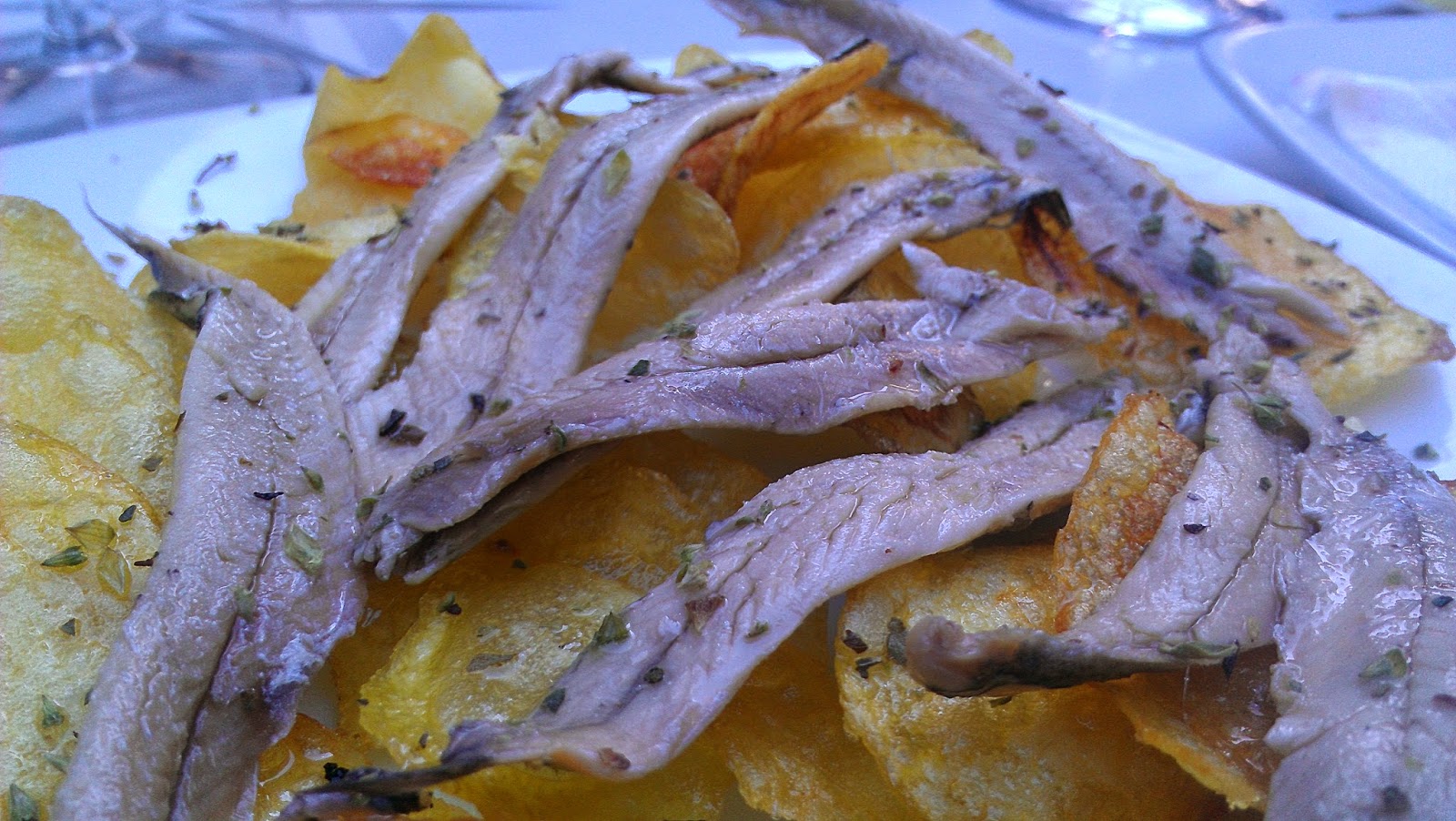.jpg)

.jpg)
.jpg)
.jpg)
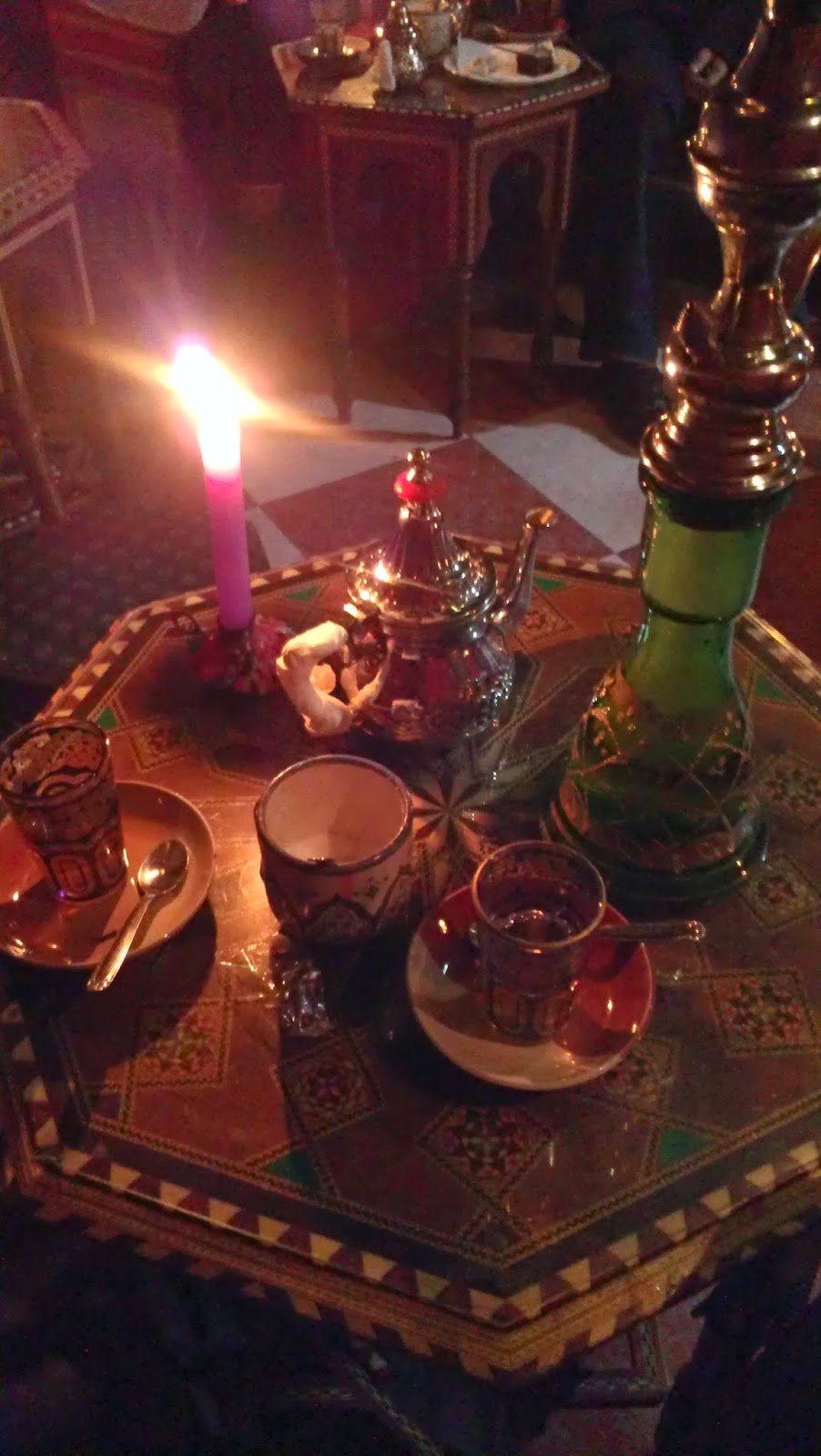.jpg)

.jpg)
.jpg)
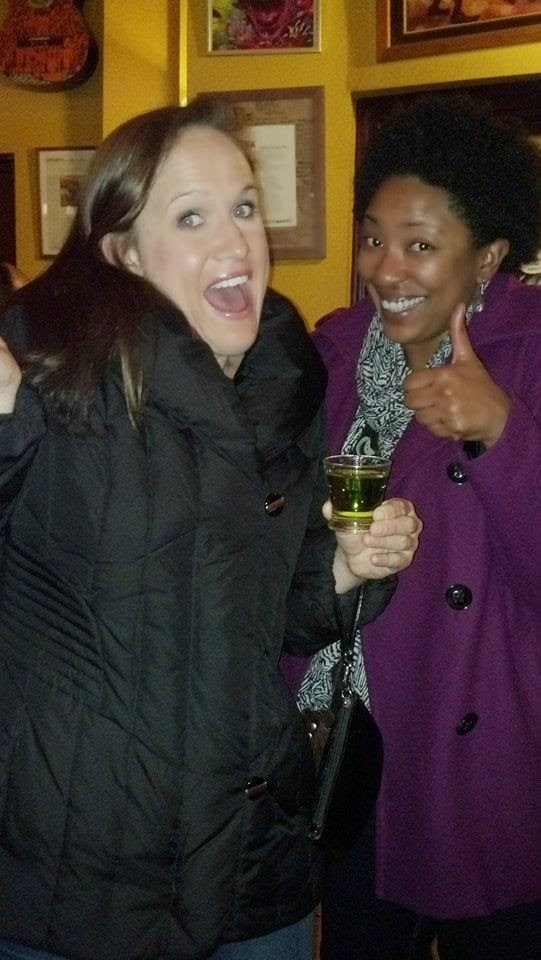.jpg)
.jpg)

















